The History of Space Exploration
During the time that has passed since the launching of the first artificial satellite in 1957, astronauts have traveled to the moon, probes have explored the solar system, and instruments in space have discovered thousands of planets around other stars.
Earth Science, Astronomy, Social Studies, U.S. History, World History

Apollo 11 Astronauts on Moon
A less belligerent, but no less competitive, part of the Cold War was the space race. The Soviet Union bested its rival at nearly every turn, until the U.S. beat them to the finish line by landing astronauts on the moon.
NASA photograph
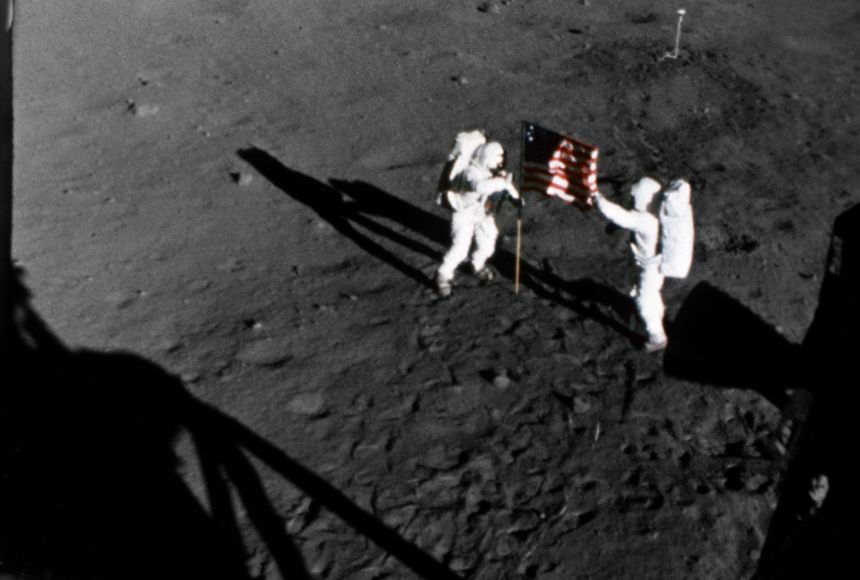
We human beings have been venturing into space since October 4, 1957, when the Union of Soviet Socialist Republics (U.S.S.R.) launched Sputnik, the first artificial satellite to orbit Earth. This happened during the period of political hostility between the Soviet Union and the United States known as the Cold War. For several years, the two superpowers had been competing to develop missiles, called intercontinental ballistic missiles (ICBMs), to carry nuclear weapons between continents. In the U.S.S.R., the rocket designer Sergei Korolev had developed the first ICBM, a rocket called the R7, which would begin the space race. This competition came to a head with the launch of Sputnik . Carried atop an R7 rocket, the Sputnik satellite was able to send out beeps from a radio transmitter. After reaching space, Sputnik orbited Earth once every 96 minutes. The radio beeps could be detected on the ground as the satellite passed overhead, so people all around the world knew that it was really in orbit. Realizing that the U.S.S.R. had capabilities that exceeded U.S. technologies that could endanger Americans, the United States grew worried. Then, a month later, on November 3, 1957, the Soviets achieved an even more impressive space venture. This was Sputnik II, a satellite that carried a living creature, a dog named Laika. Prior to the launch of Sputnik, the United States had been working on its own capability to launch a satellite. The United States made two failed attempts to launch a satellite into space before succeeding with a rocket that carried a satellite called Explorer on January 31, 1958. The team that achieved this first U.S. satellite launch consisted largely of German rocket engineers who had once developed ballistic missiles for Nazi Germany. Working for the U.S. Army at the Redstone Arsenal in Huntsville, Alabama, the German rocket engineers were led by Wernher von Braun and had developed the German V2 rocket into a more powerful rocket, called the Jupiter C, or Juno. Explorer carried several instruments into space for conducting science experiments. One instrument was a Geiger counter for detecting cosmic rays. This was for an experiment operated by researcher James Van Allen, which, together with measurements from later satellites, proved the existence of what are now called the Van Allen radiation belts around Earth. In 1958, space exploration activities in the United States were consolidated into a new government agency, the National Aeronautics and Space Administration (NASA). When it began operations in October of 1958, NASA absorbed what had been called the National Advisory Committee for Aeronautics (NACA), and several other research and military facilities, including the Army Ballistic Missile Agency (the Redstone Arsenal) in Huntsville. The first human in space was the Soviet cosmonaut Yuri Gagarin, who made one orbit around Earth on April 12, 1961, on a flight that lasted 108 minutes. A little more than three weeks later, NASA launched astronaut Alan Shepard into space, not on an orbital flight, but on a suborbital trajectory—a flight that goes into space but does not go all the way around Earth. Shepard’s suborbital flight lasted just over 15 minutes. Three weeks later, on May 25, President John F. Kennedy challenged the United States to an ambitious goal, declaring: “I believe that this nation should commit itself to achieving the goal, before the decade is out, of landing a man on the moon and returning him safely to Earth." In addition to launching the first artificial satellite, the first dog in space, and the first human in space, the Soviet Union achieved other space milestones ahead of the United States. These milestones included Luna 2, which became the first human-made object to hit the Moon in 1959. Soon after that, the U.S.S.R. launched Luna 3 . Less than four months after Gagarin’s flight in 1961, a second Soviet human mission orbited a cosmonaut around Earth for a full day. The U.S.S.R. also achieved the first spacewalk and launched the Vostok 6 mission, which made Valentina Tereshkova the first woman to travel to space. During the 1960s, NASA made progress toward President Kennedy’s goal of landing a human on the moon with a program called Project Gemini, in which astronauts tested technology needed for future flights to the moon, and tested their own ability to endure many days in spaceflight. Project Gemini was followed by Project Apollo, which took astronauts into orbit around the moon and to the lunar surface between 1968 and 1972. In 1969, on Apollo11, the United States sent the first astronauts to the Moon, and Neil Armstrong became the first human to set foot on its surface. During the landed missions, astronauts collected samples of rocks and lunar dust that scientists still study to learn about the moon. During the 1960s and 1970s, NASA also launched a series of space probes called Mariner, which studied Venus, Mars, and Mercury. Space stations marked the next phase of space exploration. The first space station in Earth orbit was the Soviet Salyut 1 station, which was launched in 1971. This was followed by NASA’s Skylab space station, the first orbital laboratory in which astronauts and scientists studied Earth and the effects of spaceflight on the human body. During the 1970s, NASA also carried out Project Viking in which two probes landed on Mars, took numerous photographs, examined the chemistry of the Martian surface environment, and tested the Martian dirt (called regolith ) for the presence of microorganisms . Since the Apollo lunar program ended in 1972, human space exploration has been limited to low-Earth orbit, where many countries participate and conduct research on the International Space Station. However, unpiloted probes have traveled throughout our solar system. In recent years, probes have made a range of discoveries, including that a moon of Jupiter, called Europa, and a moon of Saturn, called Enceladus, have oceans under their surface ice that scientists think may harbor life. Meanwhile, instruments in space, such as the Kepler Space Telescope , and instruments on the ground have discovered thousands of exoplanets , planets orbiting other stars. This era of exoplanet discovery began in 1995, and advanced technology now allows instruments in space to characterize the atmospheres of some of these exoplanets.
Articles & Profiles
Media credits.
The audio, illustrations, photos, and videos are credited beneath the media asset, except for promotional images, which generally link to another page that contains the media credit. The Rights Holder for media is the person or group credited.
Production Managers
Program specialists, last updated.
April 17, 2024
User Permissions
For information on user permissions, please read our Terms of Service. If you have questions about how to cite anything on our website in your project or classroom presentation, please contact your teacher. They will best know the preferred format. When you reach out to them, you will need the page title, URL, and the date you accessed the resource.
If a media asset is downloadable, a download button appears in the corner of the media viewer. If no button appears, you cannot download or save the media.
Text on this page is printable and can be used according to our Terms of Service .
Interactives
Any interactives on this page can only be played while you are visiting our website. You cannot download interactives.
Related Resources
History of Space Travel
Learn about the history of humans traveling into space.
The first earthling to orbit our planet was just two years old, plucked from the streets of Moscow barely more than a week before her historic launch. Her name was Laika. She was a terrier mutt and by all accounts a good dog. Her 1957 flight paved the way for space exploration back when scientists didn’t know if spaceflight was lethal for living things.
Humans are explorers. Since before the dawn of civilization, we’ve been lured over the horizon to find food or more space, to make a profit, or just to see what’s beyond those trees or mountains or oceans. Our ability to explore reached new heights—literally—in the last hundred years. Airplanes shortened distances, simplified travel, and showed us Earth from a new perspective. By the middle of the last century, we aimed even higher.
Our first steps into space began as a race between the United States and the former Soviet Union, rivals in a global struggle for power. Laika was followed into orbit four years later by the first human, Soviet Cosmonaut Yuri A. Gagarin. With Earth orbit achieved, we turned our sights on the moon. The United States landed two astronauts on its stark surface in 1969, and five more manned missions followed. The U.S.’s National Aeronautics and Space Administration (NASA) launched probes to study the solar system. Manned space stations began glittering in the sky. NASA developed reusable spacecraft—space shuttle orbiters—to ferry astronauts and satellites to orbit. Space-travel technology had advanced light-years in just three decades. Gagarin had to parachute from his spaceship after reentry from orbit. The space shuttle leaves orbit at 16,465 miles an hour (26,498 kilometers an hour) and glides to a stop on a runway without using an engine.
Space travel is nothing like in the movies. Getting from A to B requires complex calculations involving inertia and gravity—literally, rocket science—to "slingshot" from planet to planet (or moon) across the solar system. The Voyager mission of the 1970s took advantage of a rare alignment of Jupiter, Saturn, Uranus, and Neptune to shave off nearly 20 years of travel time. Space is also dangerous. More than 20 astronauts have died doing their job.
That hasn’t stopped people from signing up and blasting off. NASA’s shuttle program has ended, but private companies are readying their own space programs. A company called Planetary Resources plans to send robot astronauts to the Asteroid Belt to mine for precious metals. Another company named SpaceX is hoping to land civilian astronauts on Mars—the next human step into the solar system—in 20 years. NASA and other civilian companies are planning their own Mars missions. Maybe you’ll be a member of one? Don’t forget to bring your dog.
Space videos
Outer this world, planet earth, calling all earthlings, the milky way, shoot for the stars, what is hubble, how hubble works, read this next, total solar eclipse.
- African American Heroes
Katherine Johnson
- Action and Adventure
Space Explorer
- Terms of Use
- Privacy Policy
- Your California Privacy Rights
- Children's Online Privacy Policy
- Interest-Based Ads
- About Nielsen Measurement
- Do Not Sell My Info
- National Geographic
- National Geographic Education
- Shop Nat Geo
- Customer Service
- Manage Your Subscription
Copyright © 1996-2015 National Geographic Society Copyright © 2015-2024 National Geographic Partners, LLC. All rights reserved
The History of Space Travel Timeline
Albert II became the first monkey in space on June 14, 1949, in a specially adapted US V2 rocket.
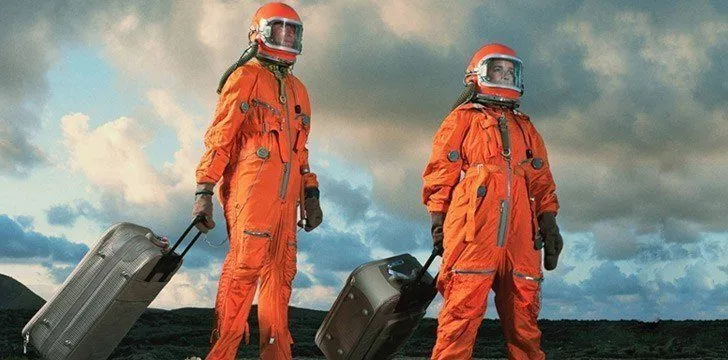
To travel into the unknown of space is a dream for so many children and adults alike, although one that very few will ever reach.
Throughout time so many countries, and now private companies, across the world have tried to create a method of getting in amongst the stars.
It’s even united countries that previously had such strong conflict.
Here we’re going to go through a timeline of the significant moments in the history of space travel, starting way back in the 1940s.
In 1942 the German V2 rocket, designed by Wernher Von Braun, was the first to reach 100km (62 miles) from the Earth’s surface.
Also known as the boundary of space.
Braun later worked with NASA on the rockets that went to the moon.
In 1947, the first animals went into space.
Fruit flies were used to study the effects of space travel on animals as they’re very similar to humans.
The flies traveled with a supply of corn to eat on the flight.
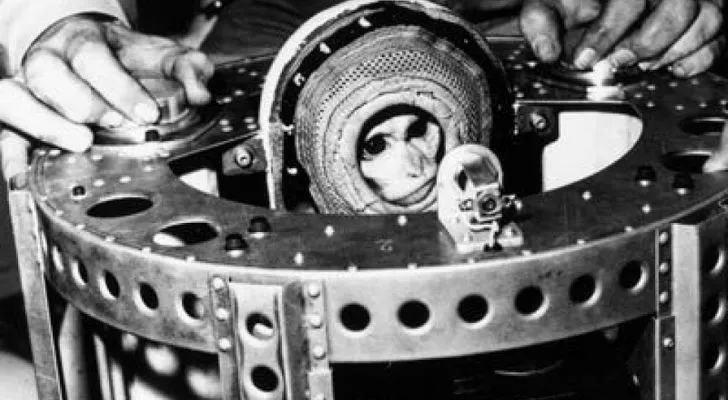
Albert II was the first monkey in space.
Albert II was a Rhesus monkey and boldly went where no primate had been before on June 14 , 1949, in a specially adapted US V2 rocket, that flew 83 miles from Earth.
On October 4 , 1957, Russia launched the first space satellite (or sputnik in Russian) named Sputnik 1.
Sputnik 1 was the first satellite in orbit around the earth.
In November the same year, Laika the Russian dog became the first animal to orbit the earth. Laika is Russian for “Barker”.
She traveled in Sputnik 2 and helped understand whether people could survive in space.
By 1959 Both US and Russian scientists were in a race to get a craft to the Moon; the Russians won.
Space-probe Luna 2 crash-landed into the moon at fatal speeds.
Ten years later, the first human visited the surface.
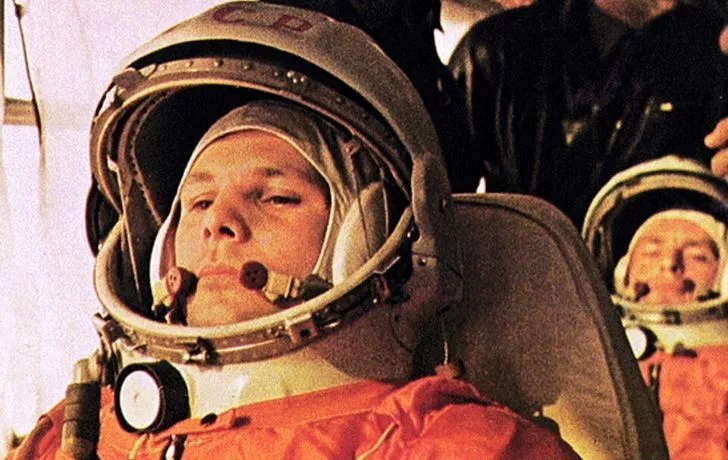
On April 12, 1961 , Russian Cosmonaut Yuri Gagarin became the first man in space.
Traveling in Vostok 1 he completed one orbit of the earth, landing about two hours after launch.
Gagarin had to eject and use a parachute to land as the craft was designed to crash land.
John Glenn became the first US man to orbit the Earth aboard the Friendship 7.
John actually chose this name; officially the craft is called the Mercury-Atlas 6, for the mission Mercury and it being the 6 th flight to use the faster Atlas rocket.
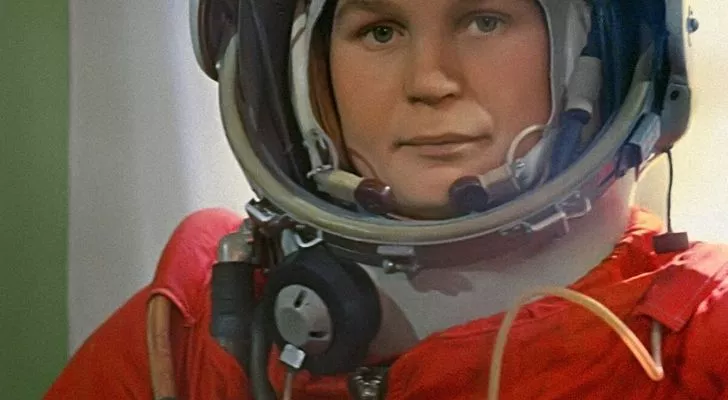
Valentina Tereshkova, a Russian cosmonaut, became the first woman in space.
After her mission, she had a crater on the far side of the Moon is named after her.
Who could believe, after just sending men to the moon, NASA managed to successfully conduct the first Mars flyby with their Mariner 4 craft.
In 1963 John F. Kennedy promised that by 1970 the US would have put men on the moon.
NASA firstly sent a robot spaceship called Surveyor 1, to make sure they could safely land.
It reached the moon on May 30 , 1966, just after the Russian probe Luna 9.
Once Surveyor 1 landed it took photographs and sent them back to eagerly awaiting scientists who used them to visualize the terrain and work out a plan to land people on the moon safely.
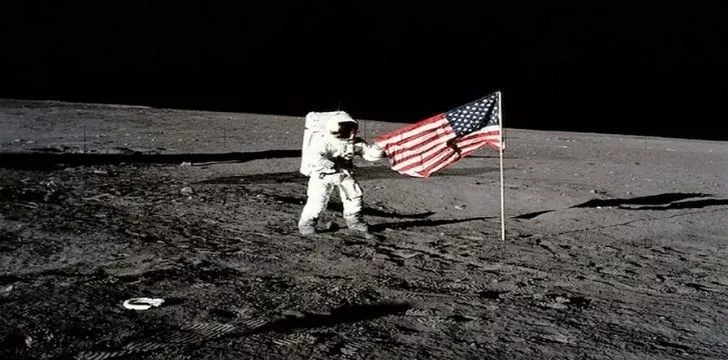
On July 20 , 1969, the famous “one small step” was taken by Neil Armstrong and Buzz Aldrin, and the first words were spoken, “the Eagle has landed”.
This iconic phrase confirmed them as the first men on the moon.
The Apollo 11 craft flew them 250,000 miles to the moon and back.
Apollo 13 on April 13, 1970 , the second day of its trip to the moon, suffered a wiring fault causing an explosion.
Using what was on board, NASA and the astronauts on board made repairs to bring the damaged craft back to Earth.
This saw the first use of the Lunar Rover, an electric vehicle with a top speed of 8 mph (13 kph), to explore the moon on the fourth, fifth and sixth Apollo missions.
The rover took Boeing 17 months to design and develop.
The first-ever space station was launched in 1971, the Russian Salyut 1, and was launched from an unmanned rocket.
In 1973 Mars 2, a 2-part Russian probe explored Mars .
One part was to stay in orbit for the whole year sending pictures back to earth and the other was to land and explore Mars’ surface.
It was destroyed when a parachute failed.
The US launched their Voyager 1 deep space probe.
Voyager 1, on February 17, 1998 , became the most distant human-made object in space after it passed the previous title holder; Pioneer 10.
From April 12, 1981, saw the idea of reusable space crafts, prior to this they were a one-hit-wonder.
The Space Shuttle was designed to lower costs and could be used up to 100 times.
With five rocket motors, it reached 17,000+ mph (27,350+ Kph). Six were built and 2011 saw their last use.
The first craft to start the Space Shuttle era was called Columbia.
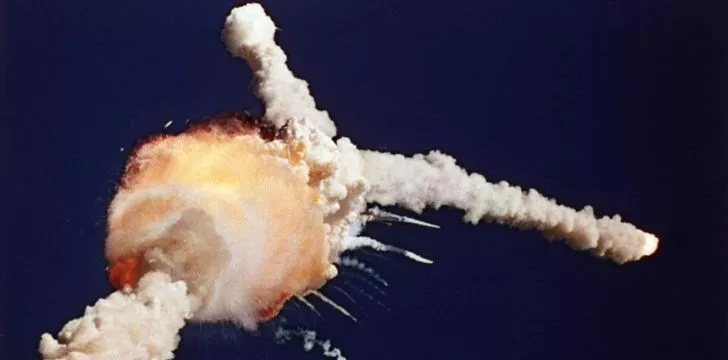
On January 28, 1986 , Space Shuttle Challenger exploded due to a fuel system failure just after launch.
All seven astronauts were killed.
After this tragedy, all shuttles were grounded for almost three years.
In the same year, Construction started on the MIR space station, the first consistently inhabited long-term space station.
It was built in sections, taking 10 years, with each bit rocket-launched and combined in orbit.
In 2001 it was destroyed on its descent to earth. The ISS or International Space station also started construction in this year designed for research and space exploration.
The final major module of the ISS didn’t arrive until 2010.
The shuttle Discovery was launched to deploy the Hubble Space Telescope into Earth’s Orbit.
The telescope is able to lock onto a target without moving to about the width of a human hair seen a mile away, or more scientifically, more than 7/1000 th of an arcsecond.
Just like there are 60 minutes in an hour, there are 60 arcminutes in 1 degree, and 60 arcseconds in an arcminute.
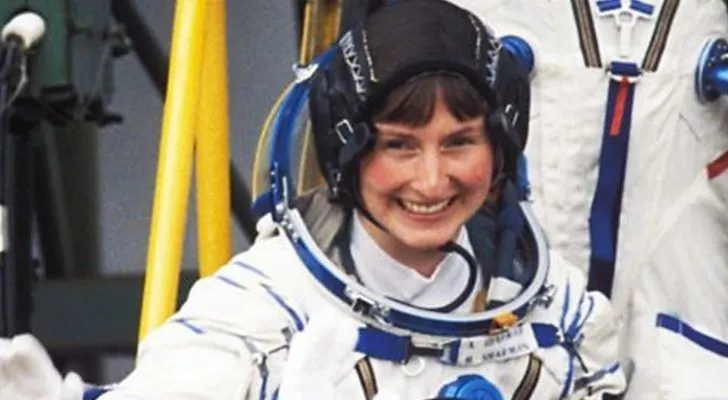
In 1989, Helen Sharman won a competition to become the first British astronaut in space, she previously worked for Mars Bar.
After 18 months of harsh training, she joined a Russian mission to the MIR space station.
After all their problems, the US and Russia finally start working together, or at least in space terms they were.
This year saw the US shuttle Atlantis dock at the Russian MIR space station.
The first look at mars occurred when Sojourner, A U.S rover, travels onto Mars to explore the planet’s geology.
In 2000 the first permanent crew inhabited the International Space Station (ISS), and have been there ever since.
On April 28, 2001 , US millionaire Dennis Tito spent around $20,000,000 and had 900 hours of training to be the first space tourist for a ride in a Russian Soyuz spacecraft.
He spent one week in orbit and of this time he spent most visiting the ISS.
This symbolized the hopes for space travel, for it to become a normal venture one day for everyone.
On June 21 , 2004, the first privately funded manned space flight happened with the craft SpaceShipOne.
An adaptation of this technology is being used by Virgin Galactic, a company offering private tourist flights into space.
Even though in 2014 it crashed during testing, flights are still happening.
In this year, the European Space Agency launched their Rosetta probe hoping to reach Comet 67P/Churyumov–Gerasimenko.
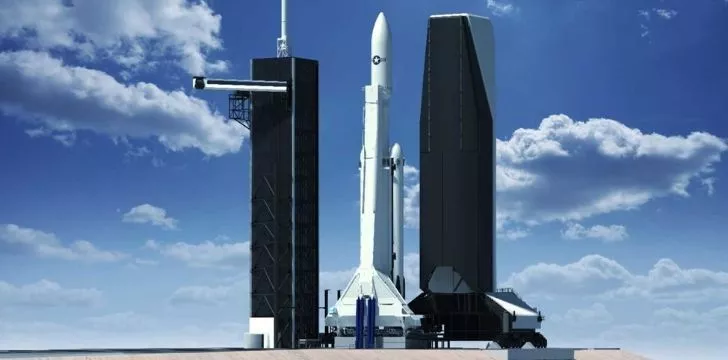
SpaceX, a private company that built a craft to replace the newly retired Space Shuttle, became the first to launch a privately funded liquid-fueled rocket into Orbit, the Falcon 1.
These rockets are used to launch their Dragon capsule, a remote-controlled capsule that takes supplies to the ISS.
The U.S Messenger mission to Mercury , launched in 2004, made its journey successfully traveling 48 million miles (77 million km), to begin its yearlong orbit of the mysterious planet.
Russia launched the largest space telescope to date named Spekt-R beating the Hubble.
The device is built to study astronomical objects with an angular resolution of a few millionths of an arcsecond.
The colossal telescope weighed 11,000 pounds (5,000 kilograms).
A major moment for commercial space travel started on May 22 nd , SpaceX launched another Dragon C2+ powered by their Falcon 9 rocket to deliver a resupplying capsule to the ISS.
The capsule was caught by the ISS’s robotic arm and docked for nearly six days while astronauts removed cargo and loaded that destined for Earth, a trip it made with no real complications.
NASA’s Curiosity rover, a piece of equipment the size of a car, landed on Mars on August 6 th .
It’s the largest and most advanced rover ever to land on the red planet.
On August 25 th , Voyager 1, launched in the late ‘70s, became the first man-made spacecraft to cross into interstellar space.
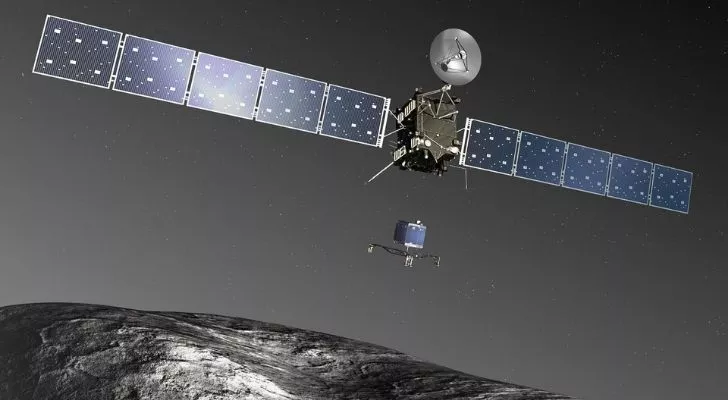
The Rosetta probe, launched in 2004, finally reached Comet 67P/Churyumov–Gerasimenko after a 4 billion-mile journey.
Whilst on the comet, the lander sent data and high-resolution images from the Comet’s surface back to earth including 490-foot cliffs and house-sized boulders.
The Philae lander made a soft landing on November 12 th after a perilous 7-hour descent.
Harpoons designed to attach to the comet failed, and the lander bounced twice before landing successfully.
On March 6 th , NASA’s Dawn spacecraft entered an orbit around a dwarf planet Ceres, the largest object in the asteroid belt between Mars and Jupiter .
With a 590 mile (950 km) diameter, it makes up a quarter of the mass of the belt.
July 14 th saw NASA’s New Horizons spacecraft arrive at Pluto after traveling 9 years and 4.6 billion miles.
It passes, during its closest approach, only 7,750 miles from the surface and took high-resolution photos of Pluto and Charon, the largest moon.
Pluto is said to be about 50 miles larger than thought.
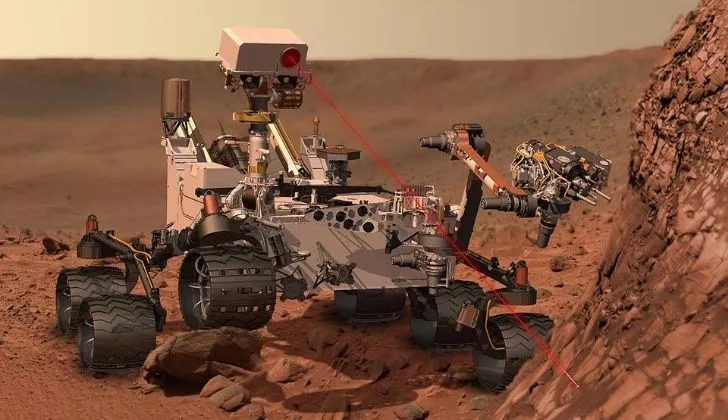
On July 30 , 2020, at 11:50 UTC, NASA launched their Mars Rover, which was the largest of four missions to Mars in 2020 .
Without a doubt, this mission plans to be the most fruitful with the craft equipped with state-of-the-art modern technology and engineering capable of truly exploring the martian land like never before!
The Mars Rover’s mission among other things is to see if the red planet has ever accommodated extra-terrestrial life by exploring any signs of habitable conditions both in the past and present.
Space travel has for so many people mesmerized them from a very young age, myself included, and as this list has shown, there is always something new to discover!
We have barely scratched the surface, and yet every year we learn or launch something new with the dream of reaching some unknown bit of the universe.
To travel to the furthest edge man can reach will always be the aim.
To unearth the secrets hidden, to find life or anything that’s interesting and bewildering drives some of the best minds in the world every day.
- Space Kids - Space History
- Hubblesite.org
- NASA - Mission Status
Related Posts

100 Interesting Space Facts That’ll Blow Your Mind
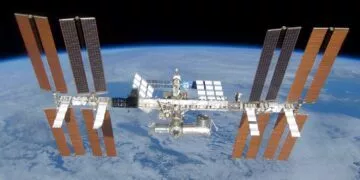
10 Incredible Facts About The International Space Station
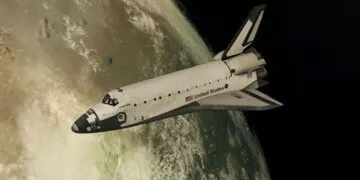
26 Facts About Space Shuttles That Are Outta This World!

Is Space Completely Silent?
About the author.

Dan Lewis has worked in the tech sector for about 7 years and is qualified in most areas including networking, hardware, software & support. Enjoys writing about anything techy, nerdy or factually interesting.
Popular Today

April 25: Facts & Historical Events On This Day

20 Facts About Daisies & Sweet Peas, April’s Birth Flowers

22 Fabulous Facts About Thursday

20 Awesome Facts About April
We have a thorough fact-checking process and a dedicated team verifying our content for accuracy. But occasionally, we may get things wrong, or information becomes outdated. If you believe something to be incorrect, please leave us a message below.
Leave a Comment
Latest facts.

15 Wild Facts About Wartortle | Pokémon

20 Facts About the Beatles That Won’t Let You Down

15 Enchanting Facts About Estonia

National Pet Day | April 11

The Fact Site is the number one source for the most interesting & random facts about animals, celebrities, food, films, games & so much more. You will learn something about everything!
Popular Facts Lists
1000 Interesting Facts
100 Random Fun Facts
100 Mind Blowing Facts
100 Strange But True Facts
100 Interesting Space Facts
Popular Pages
2024 Events & Facts
Big Questions
Today In History
World Records
Information
Privacy Policy
The Fact Shop
A Brief History of Space Exploration
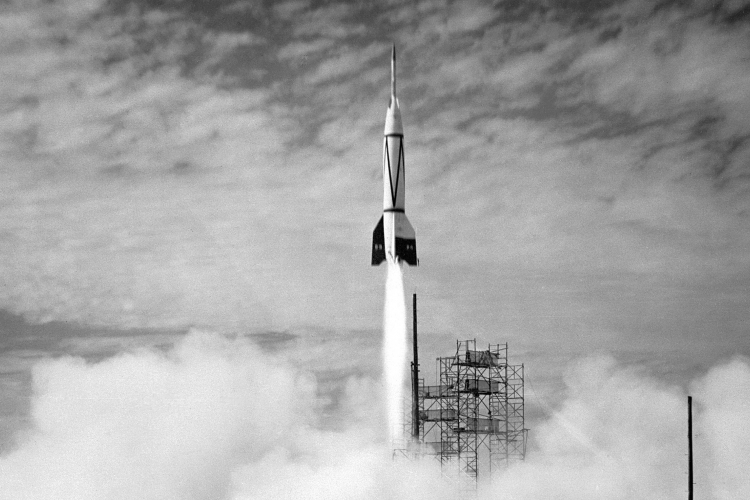
Humans have always looked up into the night sky and dreamed about space.
In the latter half of the 20th century, rockets were developed that were powerful enough to overcome the force of gravity to reach orbital velocities, paving the way for space exploration to become a reality.
In the 1930s and 1940s, Nazi Germany saw the possibilities of using long-distance rockets as weapons. Late in World War II, London was attacked by 200-mile-range V-2 missiles, which arched 60 miles high over the English Channel at more than 3,500 miles per hour. After World War II, the United States and the Soviet Union created their own missile programs.
On Oct. 4, 1957, the Soviets launched the first artificial satellite, Sputnik 1, into space. Four years later on April 12, 1961, Russian Lt. Yuri Gagarin became the first human to orbit Earth in Vostok 1. His flight lasted 108 minutes, and Gagarin reached an altitude of 327 kilometers (about 202 miles).
The first U.S. satellite, Explorer 1, went into orbit on Jan. 31, 1958. In 1961, Alan Shepard became the first American to fly into space. On Feb. 20, 1962, John Glenn’s historic flight made him the first American to orbit Earth.
Landing On The Moon

“Landing a man on the Moon and returning him safely to Earth within a decade” was a national goal set by President John F. Kennedy in 1961. On July 20, 1969, astronaut Neil Armstrong took “one giant leap for mankind” as he stepped onto the Moon. Six Apollo missions were made to explore the Moon between 1969 and 1972.
During the 1960s, unmanned spacecraft photographed and probed the Moon before astronauts ever landed. By the early 1970s, orbiting communications and navigation satellites were in everyday use, and the Mariner spacecraft was orbiting and mapping the surface of Mars. By the end of the decade, the Voyager spacecraft had sent back detailed images of Jupiter and Saturn, their rings, and their moons.
Skylab, America’s first space station, was a human-spaceflight highlight of the 1970s, as was the Apollo Soyuz Test Project, the world’s first internationally crewed (American and Russian) space mission.
In the 1980s, satellite communications expanded to carry television programs, and people were able to pick up the satellite signals on their home dish antennas. Satellites discovered an ozone hole over Antarctica, pinpointed forest fires, and gave us photographs of the nuclear power plant disaster at Chernobyl in 1986. Astronomical satellites found new stars and gave us a new view of the center of our galaxy.
Space Shuttle
In April 1981, the launch of the space shuttle Columbia ushered in a period of reliance on the reusable shuttle for most civilian and military space missions. Twenty-four successful shuttle launches fulfilled many scientific and military requirements until Jan. 28,1986, when just 73 seconds after liftoff, the space shuttle Challenger exploded. The crew of seven was killed, including Christa McAuliffe, a teacher from New Hampshire who would have been the first civilian in space.

The Columbia disaster was the second shuttle tragedy. On Feb. 1, 2003, the shuttle broke apart while reentering the Earth’s atmosphere, killing all seven crew members. The disaster occurred over Texas, and only minutes before it was scheduled to land at the Kennedy Space Center. An investigation determined the catastrophe was caused by a piece of foam insulation that broke off the shuttle’s propellant tank and damaged the edge of the shuttle’s left wing. It was the second loss of a shuttle in 113 shuttle flights. After each of the disasters, space shuttle flight operations were suspended for more than two years.
Discovery was the first of the three active space shuttles to be retired, completing its final mission on March 9, 2011; Endeavour did so on June 1. The final shuttle mission was completed with the landing of Atlantis on July 21, 2011, closing the 30-year space shuttle program.
The Gulf War proved the value of satellites in modern conflicts. During this war, allied forces were able to use their control of the “high ground” of space to achieve a decisive advantage. Satellites were used to provide information on enemy troop formations and movements, early warning of enemy missile attacks, and precise navigation in the featureless desert terrain. The advantages of satellites allowed the coalition forces to quickly bring the war to a conclusion, saving many lives.
Space systems continue to become more and more integral to homeland defense, weather surveillance, communication, navigation, imaging, and remote sensing for chemicals, fires, and other disasters.
International Space Station
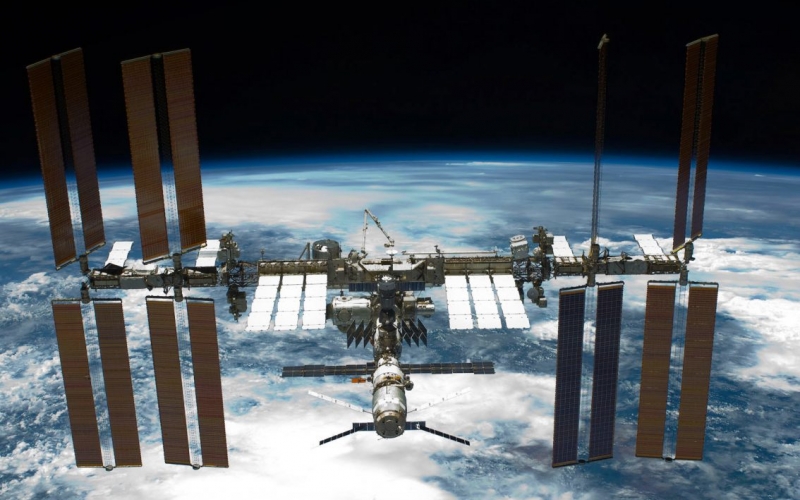
The International Space Station is a research laboratory in low Earth orbit. With many different partners contributing to its design and construction, this high-flying laboratory has become a symbol of cooperation in space exploration, with former competitors now working together.
The station has been continuously occupied since the arrival of Expedition 1 in November of 2000. The station is serviced by a variety of visiting spacecraft: the Russian Soyuz and Progress; the American Dragon and Cygnus; the Japanese H-II Transfer Vehicle; and formerly the Space Shuttle and the European Automated Transfer Vehicle. It has been visited by astronauts, cosmonauts, and space tourists from 17 different nations.
Space launch systems have been designed to reduce costs and improve dependability, safety, and reliability. Most U.S. military and scientific satellites are launched into orbit by a family of expendable launch vehicles designed for a variety of missions. Other nations have their own launch systems, and there is strong competition in the commercial launch market to develop the next generation of launch systems.
The Future Of Space Exploration
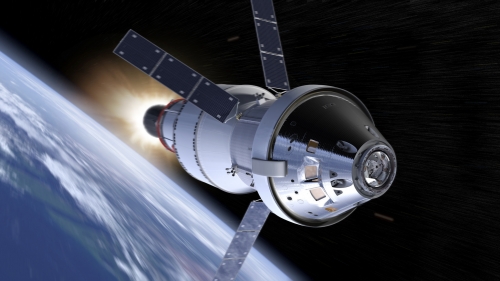
Modern space exploration is reaching areas once only dreamed about. Mars is focal point of modern space exploration, and manned Mars exploration is a long-term goal of the
United States. NASA is on a journey to Mars, with a goal of sending humans to the Red Planet in the 2030s.
NASA and its partners have sent orbiters, landers, and rovers, increasing our knowledge about the planet. The Curiosity Rover has gathered radiation data to protect astronauts, and the MARS 2020 Rover will study the availability of oxygen and other Martian resources.
Related Articles
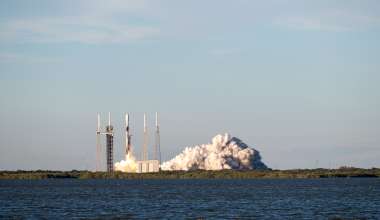
USSF-124 Launch: Delivering a Six Satellite Payload
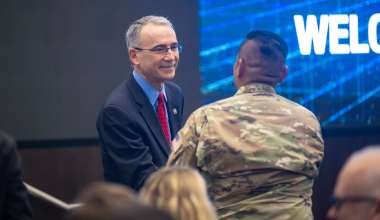
Tech Expo Showcases Aerospace’s Technical Excellence to Defense Partners

Aerospace’s Slingshot 1 Demonstrates Pathway to Accelerating Space Innovation

How Aerospace Advances Technical Excellence to Deliver Needed Solutions
Press releases.

Aerospace Ups R&D in Huntsville, Anticipated Growth of 20 Percent
Aerospace awarded potential $621m engineering services contract by nasa, aerospace grows in albuquerque by 25 percent, mission success of falcon 9 gps iii-2 launch.
Timeline: 50 Years of Spaceflight
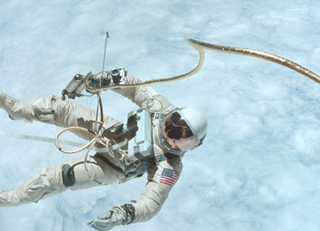
On Oct. 4, 2007, the Space Age celebrated the 50th anniversary of the historic launch of Sputnik, the first artificial satellite, by the former Soviet Union.
The space shot also launched the Space Race to the moon between the United States and the Soviet Union. But despite that turbulent beginning, the initial launch has led to five decades of triumphs and tragedies in space science and exploration .
Below is a timeline by Space News and SPACE.com chronicling the first 50 years of spaceflight. You are invited to walk through the half century of space exploration and click related links for more in depth information:
Sometime in the 11th century: China combines sulfur, charcoal and saltpeter (potassium nitrate) to make gunpowder, the first fuel used to propel early rockets in Chinese warfare.
July 4, 1054: Chinese astronomers observe the supernova in Taurus that formed the Crab Nebula .
Mid-1700s: Hyder Ali, the Sultan of Mysome in India, begins manufacturing rockets sheathed in iron, not cardboard or paper, to improve their range and stability.
March 16, 1926: Robert Goddard, sometimes referred to as the "Father of Modern Rocketry," launches the first successful liquid-fueled rocket.
July 17, 1929: Robert Goddard launches a rocket that carries with it the first set of scientific tools — a barometer and a camera — in Auburn, Mass. The launch was Goddard's fourth.
Feb. 18, 1930: The dwarf planet Pluto is discovered by American astronomer Clyde Tombaugh at Lowell Observatory in Flagstaff, Ariz.
Oct. 3, 1942: Germany successfully test launches the first ballistic missile, the A4, more commonly known as the V-2, and later uses it near the end of European combat in World War II.
Sep. 29, 1945: Wernher von Braun arrives at Ft. Bliss, Texas, with six other German rocket specialists.
Oct. 14, 1947: American test pilot Chuck Yeager breaks the sound barrier for the first time in the X-1, also known as Glamorous Glennis.
Oct. 4, 1957: A modified R-7 two-stage ICBM launches the satellite Sputnik 1 from Tyuratam. The Space Race between the Soviet Union and the United States begins.
Nov. 3, 1957: The Soviet Union launches Sputnik 2 with the first living passenger, the dog Laika , aboard.
Dec. 6, 1957: A Vanguard TV-3 carrying a grapefruit-sized satellite explodes at launch; a failed response to the Sputnik launch by the United States.
Jan. 31, 1958: Explorer 1, the first satellite with an onboard telemetry system, is launched by the United States into orbit aboard a Juno rocket and returns data from space.
Oct. 7, 1958: NASA Administrator T. Keith Glennan publicly announces NASA's manned spaceflight program along with the formation of the Space Task Group, a panel of scientist and engineers from space-policy organizations absorbed by NASA. The announcement came just six days after NASA was founded.
Jan. 2, 1959: The U.S.S.R. launches Luna 1, which misses the moon but becomes the first artificial object to leave Earth orbit.
Jan. 12, 1959: NASA awards McDonnell Corp. the contract to manufacture the Mercury capsules.
Feb. 28, 1959: NASA launches Discover 1, the U.S. first spy satellite, but it is not until the Aug. 11, 1960, launch of Discover 13 that film is recovered successfully.
May 28, 1959: The United States launches the first primates in space, Able and Baker, on a suborbital flight.
Aug. 7, 1959: NASA's Explorer 6 launches and provides the first photographs of the Earth from space.
Sept. 12, 1959: The Soviet Union's Luna 2 is launched and two days later is intentionally crashed into the Moon.
Sept. 17, 1959: NASA's X-15 hypersonic research plane , capable of speeds to Mach 6.7, makes its first powered flight.
Oct. 24, 1960: To rush the launch of a Mars probe before the Nov. 7 anniversary of the Bolshevik Revolution, Field Marshall Mitrofan Nedelin ignored several safety protocols and 126 people are killed when the R-16 ICBM explodes at the Baikonur Cosmodrome during launch preparations.
Feb. 12, 1961: The Soviet Union launches Venera to Venus, but the probe stops responding after a week.
April 12, 1961: Yuri Gagarin becomes the first man in space with a 108-minute flight on Vostok 1 in which he completed one orbit.
May 5, 1961: Mercury Freedom 7 launches on a Redstone rocket for a 15-minute suborbital flight, making Alan Shepard the first American in space.
May 25, 1961: In a speech before Congress, President John Kennedy announces that an American will land on the moon and be returned safely to Earth before the end of the decade.
Oct. 27, 1961: Saturn 1, the rocket for the initial Apollo missions, is tested for the first time.
Feb. 20, 1962: John Glenn makes the first U.S. manned orbital flight aboard Mercury 6.
June 7, 1962: Wernher von Braun backs the idea of a Lunar Orbit Rendezvous mission.
July 10, 1962: The United States launches Telstar 1 , which enables the trans-Atlantic transmission of television signals.
June 14, 1962: Agreements are signed establishing the European Space Research Organisation and the European Launcher Development Organisation. Both eventually were dissolved.
July 28, 1962: The U.S.S.R launches its first successful spy satellite, designated Cosmos 7.
Aug. 27, 1962: Mariner 2 launches and eventually performs the first successful interplanetary flyby when it passes by Venus.
Sept. 29, 1962: Canada's Alouette 1 launches aboard a NASA Thor-Agena B rocket, becoming the first satellite from a country other than the United States or Soviet Union.
June 16, 1963: Valentina Tereshkova becomes the first woman to fly into space.
July 28, 1964: Ranger 7 launches and is the Ranger series' first success, taking photographs of the moon until it crashes into its surface four days later.
April 8, 1964: Gemini 1, a two-seat spacecraft system, launches in an unmanned flight.
Aug. 19, 1964: NASA's Syncom 3 launches aboard a Thor-Delta rocket, becoming the first geostationary telecommunications satellite.
Oct. 12, 1964: The Soviet Union launches Voskhod 1, a modified Vostok orbiter with a three-person crew.
March 18, 1965: Soviet cosmonaut Alexei Leonov makes the first spacewalk from the Voskhod 2 orbiter.
March 23, 1965: Gemini 3, the first of the manned Gemini missions, launches with a two-person crew on a Titan 2 rocket, making astronaut Gus Grissom the first man to travel in space twice.
June 3, 1965: Ed White, during the Gemini 4 mission, becomes the first American to walk in space.
July 14, 1965: Mariner 4 executes the first successful Mars flyby.
Aug. 21, 1965: Gemini 5 launches on an eight-day mission.
Dec. 15, 1965: Gemini 6 launches and performs a rendezvous with Gemini 7.
Jan. 14, 1966: The Soviet Union's chief designer, Sergei Korolev, dies from complications stemming from routine surgery, leaving the Soviet space program without its most influential leader of the preceding 20 years.
Feb. 3, 1966: The unmanned Soviet spacecraft Luna 9 makes the first soft landing on the Moon.
March 1, 1966: The Soviet Union's Venera 3 probe becomes the first spacecraft to land on the planetVenus, but its communications system failed before data could be returned.
March 16, 1966: Gemini 8 launches on a Titan 2 rocket and later docks with a previously launched Agena rocket — the first docking between two orbiting spacecraft.
April 3, 1966: The Soviet Luna 10 space probe enters lunar orbit, becoming the first spacecraft to orbit the Moon.
June 2, 1966: Surveyor 1, a lunar lander, performs the first successful U.S. soft landing on the Moon.
Jan. 27, 1967: All three astronauts for NASA's Apollo 1 mission suffocate from smoke inhalationin a cabin fire during a launch pad test.
April 5, 1967: A review board delivers a damning report to NASA Administrator James Webb about problem areas in the Apollo spacecraft. The recommended modifications are completed by Oct. 9, 1968.
April 23, 1967: Soyuz 1 launches but myriad problems surface. The solar panels do not unfold, there are stability problems and the parachute fails to open on descent causing the death of Soviet cosmonaut Vladimir Komarov.
Oct. 11, 1968: Apollo 7 , the first manned Apollo mission, launches on a Saturn 1 for an 11-day mission in Earth orbit. The mission also featured the first live TV broadcast of humans in space.
Dec. 21, 1968: Apollo 8 launches on a Saturn V and becomes the first manned mission to orbit the moon.
Jan. 16, 1969: Soyuz 4 and Soyuz 5 rendezvous and dock and perform the first in-orbit crew transfer.
March 3, 1969: Apollo 9 launches. During the mission, tests of the lunar module are conducted in Earth orbit.
May 22, 1969: Apollo 10 's Lunar Module Snoopy comes within 8.6 miles (14 kilometers ) of the moon's surface.
July 20, 1969: Six years after U.S. President John F. Kennedy's assassination, the Apollo 11 crew lands on the Moon , fulfilling his promise to put an American there by the end of the decade and return him safely to Earth.
Nov. 26, 1965: France launches its first satellite, Astérix, on a Diamant A rocket, becoming the third nation to do so.
Feb. 11, 1970: Japan's Lambda 4 rocket launches a Japanese test satellite, Ohsumi into orbit.
April 13, 1970: An explosion ruptures thecommand module of Apollo 13 , days after launch and within reach of the moon. Abandoning the mission to save their lives, the astronauts climb into the Lunar Module and slingshot around the Moon to speed their return back to Earth.
April 24, 1970: The People's Republic of China launches its first satellite, Dong Fang Hong-1, on a Long March 1 rocket, becoming the fifth nation capable of launching its own satellites into space.
Sept. 12: 1970: The Soviet Union launches Luna 16, the first successful automated lunar sample retrieval mission.
April 19, 1971: A Proton rocket launches thefirst space station, Salyut 1 , from Baikonur.
June 6, 1971: Soyuz 11 launches successfully, docking with Salyut 1. The three cosmonauts are killed during re-entry from a pressure leak in the cabin.
July 26, 1971: Apollo 15 launches with a Boeing-built Lunar Roving Vehicle and better life-support equipment to explore the Moon.
Oct. 28, 1971: The United Kingdom successfully launches its Prospero satellite into orbit on a Black Arrow rocket, becoming the sixth nation capable of launching its own satellites into space.
Nov. 13, 1971: Mariner 9 becomes the first spacecraft to orbit Mars and provides the first complete map of the planet's surface.
Jan. 5, 1972: U.S. President Richard Nixon announces that NASA is developing a reusable launch vehicle, the space shuttle .
March 3, 1972: Pioneer 10 , the first spacecraft to leave the solar system, launches from Cape Kennedy, Fla.
Dec. 19, 1972: Apollo 17 , the last mission to the moon, returns to Earth.
May 14, 1973: A Saturn V rocket launches Skylab, the United States' first space station.
March 29, 1974: Mariner 10 becomes the first spacecraft to fly by Mercury.
April 19, 1975: The Soviet Union launches India's first satellite, Aryabhata.
May 31, 1975: The European Space Agency is formed.
July 17 1975: Soyuz-19 and Apollo 18 dock.
Aug. 9, 1975: ESA launches its first satellite, Cos-B, aboard a Thor-Delta rocket.
Sept. 9, 1975: Viking 2, composed of a lander and an orbiter, launches for Mars.
July 20, 1976: The U.S. Viking 1 lands on Mars, becoming the first successful Mars lander.
Aug. 20, 1977: Voyager 2 is launched on a course toward Uranus and Neptune.
Sept. 5, 1977: Voyager 1 is launched to perform flybys of Jupiter and Saturn.
Sept. 29, 1977: Salyut 6 reaches orbit. It is the first space station equipped with docking stations on either end, which allow for two vehicles to dock at once, including the Progress supply ship.
Feb. 22, 1978: The first GPS satellite, Navstar 1, launches aboard an Atlas F rocket.
July 11, 1979: Skylab, the first American space station, crashes back to Earth in the sparsely populated grasslands of western Australia.
Sept. 1, 1979: Pioneer 11 becomes the first spacecraft to fly past Saturn.
Dec. 24, 1979: The French-built Ariane rocket, Europe's first launch vehicle, launches successfully.
July 18 1980: India launches its Rohini 1 satellite. By using its domestically developed SLV-3 rocket, India becomes the seventh nation capable of sending objects into space by itself.
April 12, 1981: Space Shuttle Columbia lifts off from Cape Canaveral, beginning the first space mission for NASA's new astronaut transportation system.
June 24, 1982: French air force test pilot Jean-Loup Chrétien launches to the Soviet Union's Salyut 7 aboard Soyuz T-6.
Nov. 11, 1982: Shuttle Columbia launches. During its mission, it deploys two commercial communications satellites.
June 18, 1983: Sally Ride aboard the Space Shuttle Challenger becomes the first American woman in space.
Feb. 7, 1984: Astronauts Bruce McCandless and Robert Stewart maneuver as many as 328 feet (100 meters ) from the Space Shuttle Challenger using the Manned Maneuvering Unit, which contains small thrusters, in the first ever untethered spacewalks.
April 8, 1984: Challenger crew repairs the Solar Max satellite during a spacewalk.
Sept. 11: 1985: The International Cometary Explorer, launched by NASA in 1978, performs the first comet flyby.
Jan. 24, 1986: Voyager 2 completes the first and only spacecraft flyby of Uranus.
Jan. 28, 1986: Challenger broke apart 73 seconds after launch after its external tank exploded, grounding the shuttle fleet for more than two years.
Feb. 20, 1986: The Soviet Union launches theMir space station.
March 13, 1986: A two-cosmonaut crew launches aboard Soyuz T-15 to power up the Mir space station. During their 18-month mission, they also revive the abandoned Salyut 7, and take parts that are later placed aboard Mir.
June 15, 1988: PanAmSat launches its first satellite, PanAmSat 1, on an Ariane 4 rocket, giving Intelsat its first taste of competition.
Sept. 19, 1988: Israel launches its first satellite, the Ofeq 1 reconnaissance probe, aboard an Israeli Shavit rocket.
Nov. 15, 1988: The Soviet Union launches its Buran space shuttle on its only flight, an unpiloted test.
May 4, 1989: The Space Shuttle Atlantis launches the Magellan space probe to use radar to map the surface of Venus.
Oct. 18, 1989: Shuttle Atlantis launches with Jupiter-bound Galileo space probe on board.
April 7, 1990: China launches the Asiasat-1 communications satellite, completing its first commercial contract.
April 25, 1990: The Space Shuttle Discovery releases the Hubble Space Telescope into Earth orbit.
Oct. 29, 1991: The U.S. Galileo spacecraft, on its way to Jupiter, successfully encounters the asteroid Gaspra, obtaining images and other data during its flyby.
April 23, 1992: The U.S. Cosmic Background Explorer spacecraft detects the first evidence of structure in the residual radiation left over from the Big Bang that created the Universe.
Dec. 28, 1992: Lockheed and Khrunichev Enterprise announce plans to form Lockheed-Khrunichev-Energia International, a new company to market Proton rockets .
June 21, 1993: Shuttle Endeavour launches carrying Spacehab, a privately owned laboratory that sits in the shuttle cargo bay.
Dec. 2, 1993: Endeavour launches on a mission to repair the Hubble Space Telescope .
Dec. 17, 1993: DirecTV launches its first satellite, DirecTV 1, aboard an Ariane 4 rocket.
Feb. 7, 1994: The first Milstar secure communications satellite launches. The geosynchronous satellites are used by battlefield commanders and for strategic communications.
Oct. 15, 1994: India launches its four-stage PolarSatellite Launch Vehicle for the first time.
Jan. 26, 1995: A Chinese Long March rocket carrying the Hughes-built Apstar-1 rocket fails. The accident investigation, along with the probe of a subsequent Long March failure that destroyed an Intelsat satellite, leads to technology-transfer allegations that ultimately result in the U.S. government barring launches of American-built satellites on Chinese rockets.
Feb. 3, 1995: The Space Shuttle Discovery launches anddocks with the Mir space station.
March 15, 1995: Aerospace giants Lockheed Corp. and Martin Marietta Corp. merge.
July 13, 1995: Galileo releases its space probe, which is bound for Jupiter and its moons.
Aug. 7, 1996: NASA and Stanford University researchers announce a paper contending that a 4-billion-year-old Martian meteorite, called ALH 84001, found in Antarctica in 1984, contains fossilized traces of carbonate materials that suggest primitive life might once have existed on Mars. That contention remains controversial.
May 5, 1997: Satellite mobile phone company Iridium launches its first five satellites on a Delta 2 rocket.
June 25 1997: An unmanned Russian Progress supply spacecraft collides with the Mir space station.
July 4, 1997: The Mars Pathfinder lander and its accompanying Sojourner rover touch down on the surface of Mars.
Aug. 1, 1997: The Boeing Co. and the McDonnell Douglas Corp. merge, keeping Boeing's name.
Feb. 14, 1998: Globalstar, a satellite mobile telephone company, launches its first four satellites on a Delta 2 rocket.
Sept. 9, 1998: A Russian Zenit 2 rocket launches and subsequently crashes, destroying all 12 Loral-built Globalstar satellites aboard. The payload had an estimated value of about $180 million.
Nov. 20, 1998: Russia's Zarya control module, the first segment of the International Space Station , launches into space and unfurls its solar arrays.
March 27, 1999: Sea Launch Co. launches a demonstration satellite, successfully completing its first launch.
July 23, 1999: The Chandra X-ray observatory, NASA's flagship mission for X-ray astronomy, launches aboard the Space Shuttle Columbia.
Aug. 13, 1999: Iridium files for Chapter 11 bankruptcy, after being unable to pay its creditors. Iridium Satellite LLC later acquired the original Iridium's assets from bankruptcy.
Nov. 19, 1999: China successfully test launches the unmanned Shenzhou 1.
July 10, 2000: Europe's largest aerospace company, European Aeronautic Defence and Space Co., EADS, forms with the consolidation of DaimlerChrysler Aerospace AG of Munich, Aerospatiale Matra S.A. of Paris, and Construcciones Aeronáuticas S.A. of Madrid.
March 18, 2001: After launch delays with XM-1, XM Satellite Radio's XM-2 satellite becomes the company's first satellite in orbit when it is launched by Sea Launch Co.
March 23, 2001: After being mothballed in 1999, Mir descends into the Earth's atmosphere and breaks up over the Pacific Ocean.
May 6, 2001: U.S. entrepreneur Dennis Tito returns to Earth aboard a Russian Soyuz spacecraft to become the world's first paying tourist to visit the International Space Station.
Aug. 29, 2001: Japan's workhorse launch system, the two-stage H-2A rocket, launches for the first time.
Feb. 15, 2002: After having trouble selling its satellite mobile phone service, Globalstar voluntarily files for Chapter 11 bankruptcy protection from escalating creditor debt. The company emerged from bankruptcy April 14, 2004.
Feb. 1, 2003: The Space Shuttle Columbia disintegrates as it re-enters the Earth's atmosphere, killing the crew. Damage from insulating foam hitting the orbiter's leading wing on liftoff is later cited as the cause of the accident.
Aug 22, 2003: The VLS-V03, a Brazilian prototype rocket, explodes on the launch pad at Alcántara killing 21 people.
Aug. 25, 2003: NASA launches the Spitzer Space Telescope aboard a Delta rocket.
Oct. 1, 2003: Japan's two space agencies, the Institute of Space and Astronautical Science and the National Space Development Agency of Japan, merge into the Japan Aerospace Exploration Agency.
Oct. 15, 2003: Yang Liwei becomes China's first taikonaut, having launched aboard Shenzhou 5.
Jan. 4, 2004: The first Mars Exploration Rover, Spirit, lands on Mars. Its twin, Opportunity lands Jan. 25.
Jan. 14, 2004: President George W. Bush advocates space exploration missions to the moon and Mars for NASA in his Vision for Space Exploration speech.
Sept. 20, 2004: India launches its three-stage Geosynchronous Satellite Launch Vehicle for the first time.
Oct. 4, 2004: Scaled Composites' SpaceShipOne piloted craft wins the X Prize by flying over 100 kilometers above Earth twice within two weeks.
July 26, 2005: Discovery becomes the first shuttle to launch since the Columbia disaster more than two years before. While the crew returned safely, the loss of several pieces of foam debris prompted further investigation, which delayed future shuttle missions.
Oct. 12, 2005: A two-taikonaut crew launches aboard the Chinese Shenzhou 6.
Oct 19, 2005: The last of the Martin Marietta-built Titan 4 heavy-lift rockets launches .
Jan. 19, 2006: New Horizons, NASA's first-ever mission to the dwarf planet Pluto and its moons, launches atop an Atlas 5 rocket from Cape Canaveral, Florida. Flies past Jupiter one year later in what is billed as NASA's fastest mission to date.
July 3, 2006: Intelsat acquires fellow fixed satellite service provider PanAmSat for $6.4 billion.
July 4, 2006: NASA's second post-Columbia accident test flight, STS-121 aboard Discovery, begins a successful space station-bound mission, returning the U.S. orbiter fleet to flight status.
Sept. 9., 2006: NASA resumes construction of the International Space Station with the launch of the shuttle Atlantis on STS-115 after two successful return to flight test missions. Atlantis' launch occurs after nearly four years without a station construction flight.
Oct. 11, 2006: Lockheed Martin completes the sale of its majority share in International Launch Services to Space Transport Inc. for $60 million.
Jan. 11, 2007: China downs one of its weather satellites , Fengyun-1C, with a ground launched missile. In doing so, China joins Russia and the United States as the only nations to have successfully tested anti-satellite weapons.
April 6, 2007: The European Commission approves the acquisition of French-Italian Alcatel Alenia by Paris-based Thales, thus creating satellite manufacturer Thales Alenia Space.?
Aug. 8, 2007: NASA's Space Shuttle Endeavour launches toward the International Space Station on the STS-118 construction mission. The shuttle crew includes teacher-astronaut Barbara Morgan, NASA's first educator spaceflyer, who originally served backup for the first Teacher-in-Space Christa McAuliffe who was lost with six crewmates during the 1986 Challenger accident.
Sept. 27, 2007: Dawn, the first ion-powered probe to visit two celestial bodies in one go, launches on an eight-year mission to the asteroid Vesta and dwarf planet Ceres, the two largest space rocks in the solar system.
Oct. 1, 2007: NASA astronaut Peggy Whitson, the first female commander of the International Space Station, prepares for an Oct. 10 launch with her Expedition 16 crewmate Yuri Malenchenko and Malaysia's first astronaut Sheikh Muszaphar Shukor. Whitson, and NASA's second female shuttle commander Pamela Melroy , will command a joint space station construction mission in late October.
Oct. 4, 2007: The Space Age turns 50, five decades after the historic launch of Sputnik 1.
Join our Space Forums to keep talking space on the latest missions, night sky and more! And if you have a news tip, correction or comment, let us know at: [email protected].
Get the Space.com Newsletter
Breaking space news, the latest updates on rocket launches, skywatching events and more!

SpaceNews is a comprehensive source of news and analysis of the companies, agencies, technologies and trends shaping the global space industry. They work to deliver timely, accurate and engaging coverage of civil, military and commercial space programs. SpaceNews.com delivers essential coverage to a growing audience of more than 500,000 space professionals and enthusiasts.
SpaceX launching 23 Starlink satellites from Florida this evening
NASA satellite's 'shocking' space junk near-miss was even closer than thought
Watch Rocket Lab launch new NASA solar sail tech to orbit today
Most Popular
- 2 SpaceX launching 23 Starlink satellites from Florida this evening
- 3 Pluto's heart-shaped scar may offer clues to the frozen world's history
- 4 Cosmic fountain is polluting intergalactic space with 50 million suns' worth of material
- 5 India aims to achieve 'debris-free' space missions by 2030
- History Classics
- Your Profile
- Find History on Facebook (Opens in a new window)
- Find History on Twitter (Opens in a new window)
- Find History on YouTube (Opens in a new window)
- Find History on Instagram (Opens in a new window)
- Find History on TikTok (Opens in a new window)
- This Day In History
- History Podcasts
- History Vault
The Space Race
By: History.com Editors
Updated: February 21, 2020 | Original: February 22, 2010

After World War II drew to a close in the mid-20th century, a new conflict began. Known as the Cold War, this battle pitted the world’s two great powers—the democratic, capitalist United States and the communist Soviet Union—against each other. Beginning in the late 1950s, space became another dramatic arena for this competition, as each side sought to prove the superiority of its technology, its military firepower and–by extension–its political-economic system.
Causes of the Space Race
By the mid-1950s, the U.S.-Soviet Cold War had worked its way into the fabric of everyday life in both countries, fueled by the arms race and the growing threat of nuclear weapons, wide-ranging espionage and counter-espionage between the two countries, war in Korea and a clash of words and ideas carried out in the media. These tensions would continue throughout the space race, exacerbated by such events as the construction of the Berlin Wall in 1961, the Cuban missile crisis of 1962 and the outbreak of war in Southeast Asia.
Space exploration served as another dramatic arena for Cold War competition. On October 4, 1957, a Soviet R-7 intercontinental ballistic missile launched Sputnik (Russian for “traveler”), the world’s first artificial satellite and the first man-made object to be placed into the Earth’s orbit. Sputnik’s launch came as a surprise, and not a pleasant one, to most Americans. In the United States, space was seen as the next frontier, a logical extension of the grand American tradition of exploration, and it was crucial not to lose too much ground to the Soviets. In addition, this demonstration of the overwhelming power of the R-7 missile–seemingly capable of delivering a nuclear warhead into U.S. air space–made gathering intelligence about Soviet military activities particularly urgent.
Did you know? After Apollo 11 landed on the moon's surface in July 1969, six more Apollo missions followed by the end of 1972. Arguably the most famous was Apollo 13, whose crew managed to survive an explosion of the oxygen tank in their spacecraft's service module on the way to the moon.
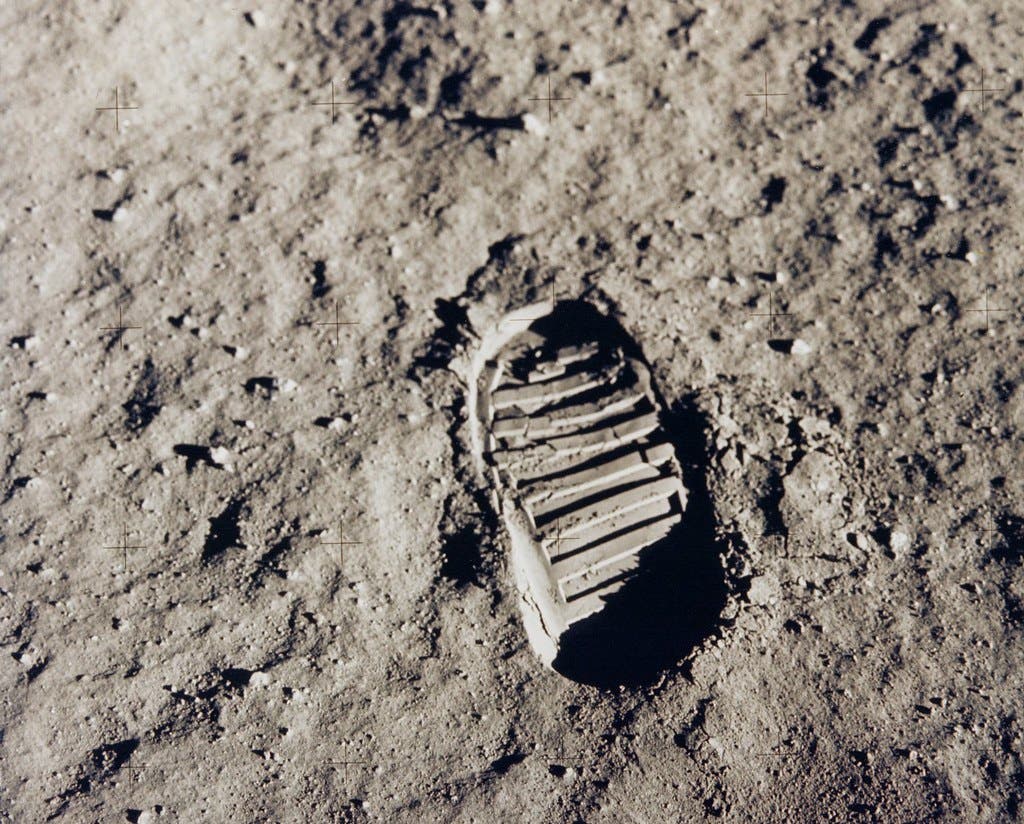
NASA Is Created
In 1958, the United States launched its own satellite, Explorer I, designed by the U.S. Army under the direction of rocket scientist Wernher von Braun . That same year, President Dwight D. Eisenhower signed a public order creating the National Aeronautics and Space Administration ( NASA ), a federal agency dedicated to space exploration.
Eisenhower also created two national security-oriented space programs that would operate simultaneously with NASA’s program. The first, spearheaded by the U.S. Air Force, dedicated itself to exploiting the military potential of space. The second, led by the Central Intelligence Agency ( CIA ), the Air Force and a new organization called the National Reconnaissance Office (the existence of which was kept classified until the early 1990s) was code-named Corona; it would use orbiting satellites to gather intelligence on the Soviet Union and its allies.
Space Race Heats Up: Men (And Chimps) Orbit Earth
In 1959, the Soviet space program took another step forward with the launch of Luna 2, the first space probe to hit the moon. In April 1961, the Soviet cosmonaut Yuri Gagarin became the first person to orbit Earth , traveling in the capsule-like spacecraft Vostok 1. For the U.S. effort to send a man into space, dubbed Project Mercury, NASA engineers designed a smaller, cone-shaped capsule far lighter than Vostok; they tested the craft with chimpanzees and held a final test flight in March 1961 before the Soviets were able to pull ahead with Gagarin’s launch. On May 5, astronaut Alan Shepard became the first American in space (though not in orbit).
Later that May, President John F. Kennedy made the bold, public claim that the U.S. would land a man on the moon before the end of the decade. In February 1962, John Glenn became the first American to orbit Earth, and by the end of that year, the foundations of NASA’s lunar landing program–dubbed Project Apollo –were in place.

Achievements of Apollo
From 1961 to 1964, NASA’s budget was increased almost 500 percent, and the lunar landing program eventually involved some 34,000 NASA employees and 375,000 employees of industrial and university contractors. Apollo suffered a setback in January 1967, when three astronauts were killed after their spacecraft caught fire during a launch simulation. Meanwhile, the Soviet Union’s lunar landing program proceeded tentatively, partly due to internal debate over its necessity and to the untimely death (in January 1966) of Sergey Korolyov, chief engineer of the Soviet space program.
December 1968 saw the launch of Apollo 8, the first manned space mission to orbit the moon, from NASA’s massive launch facility on Merritt Island, near Cape Canaveral, Florida . On July 16, 1969, U.S. astronauts Neil Armstrong , Edwin “Buzz” Aldrin and Michael Collins set off on the Apollo 11 space mission, the first lunar landing attempt. After landing successfully on July 20, Armstrong became the first man to walk on the moon’s surface; he famously called the momen t “one small step for man, one giant leap for mankind.”
Who Won the Space Race?
By landing on the moon, the United States effectively “won” the space race that had begun with Sputnik’s launch in 1957. For their part, the Soviets made four failed attempts to launch a lunar landing craft between 1969 and 1972, including a spectacular launch-pad explosion in July 1969. From beginning to end, the American public’s attention was captivated by the space race, and the various developments by the Soviet and U.S. space programs were heavily covered in the national media. This frenzy of interest was further encouraged by the new medium of television. Astronauts came to be seen as the ultimate American heroes, and earth-bound men and women seemed to enjoy living vicariously through them. Soviets, in turn, were pictured as the ultimate villains, with their massive, relentless efforts to surpass America and prove the power of the communist system.
With the conclusion of the space race, U.S. government interest in lunar missions waned after the early 1970s. In 1975, the joint Apollo-Soyuz mission sent three U.S. astronauts into space aboard an Apollo spacecraft that docked in orbit with a Soviet-made Soyuz vehicle. When the commanders of the two crafts officially greeted each other, their “ handshake in space ” served to symbolize the gradual improvement of U.S.-Soviet relations in the late Cold War era.

Sign up for Inside History
Get HISTORY’s most fascinating stories delivered to your inbox three times a week.
By submitting your information, you agree to receive emails from HISTORY and A+E Networks. You can opt out at any time. You must be 16 years or older and a resident of the United States.
More details : Privacy Notice | Terms of Use | Contact Us
Leisure travel might be a little more exciting for the world’s wealthiest adventure seekers as space, long the exclusive domain of professional astronauts, is now accessible to tourists. In July 2021, Virgin Galactic and Blue Origin each successfully launched suborbital tourism programs from their spaceports in New Mexico and Texas, respectively (with Blue Origin completing its second launch in October 2021). In September 2021, SpaceX’s Inspiration4 mission kicked off the company’s orbital tourism program from the Kennedy Space Center’s historic Launch Complex 39A. Each of these companies hope to make space a popular destination by offering regular launch services to private citizens. Aspiring space tourists can expect to pay upwards of $250,000 for a seat on suborbital spacecrafts and an estimated $50 million for a ticket to orbit. Space enthusiasts on a budget can tour Spaceport America, where Virgin Galactic launches to space, for $50 or less.
These historic spaceflights represent the most recent chapter in a longer history of space tourism. More than 20 years ago, Dennis Tito, the first “space tourist” (also known as “spaceflight participant”), flew to the International Space Station aboard a Soyuz spacecraft for a six-day stay. Tito donated the Sokol pressure suit he wore in space to the Museum in 2003. Since his flight, only six other individuals scored self-funded travel to space (one of these intrepid travelers flew twice). Space Adventures, a US-based travel agency to the stars, facilitated these multi-million dollar, out-of-this-world experiences in partnership with the Russian space agency, Roscosmos.
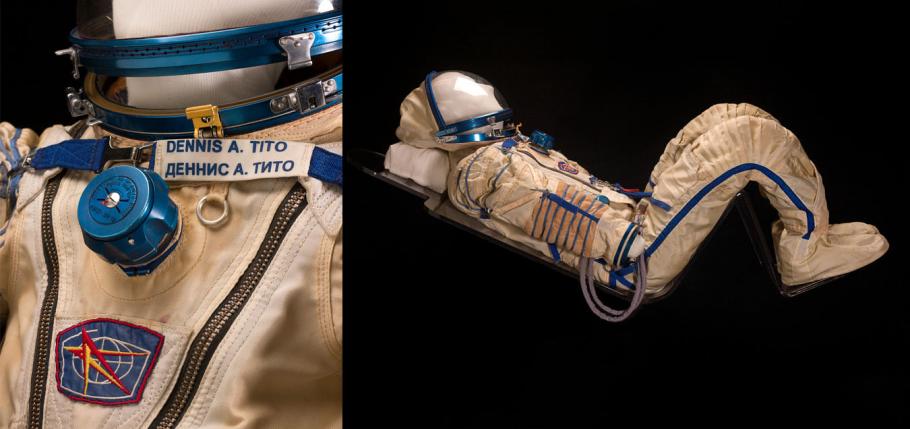
Dennis Tito wore this suit when he launched to the International Space Station on April 28, 2001. (Smithsonian Institution)
Although space itself remained inaccessible to private citizens until the 21st century, other places where Earth and space meet—such as National Aeronautics and Space Administration (NASA) centers—have long been popular destinations for a different kind of space tourist.
The Space Age dawned in the golden age of the family road trip. Thanks to the proliferation of private automobile ownership, an expanding interstate highway system, and the advent of more generous vacation policies in the workplace, Americans ventured from home in greater numbers in the 1960s than at any earlier time in the nation’s history. Millions of these travelers included on their itineraries NASA centers, particularly those with ties to the human spaceflight program: the George C. Marshall Space Flight Center in Huntsville, Alabama; the John F. Kennedy Space Center in Brevard County, Florida; and the Manned Spacecraft Center (known since 1973 as the Johnson Space Center) in Houston, Texas.
NASA centers were not prepared for the tourists who appeared en masse outside their gates. In the early 1960s, the centers operated much like—and were often physically adjacent to—secure military installations. For reasons of national security, the centers restricted access to official visitors only. In response to curious onlookers, the centers developed ad hoc visitor programs. At the same time, proactive civic leaders and enterprising business-people responded to the presence of space center tourists by developing their own space-themed attractions, including museums, halls of fame, and amusement parks, and amenities, such as motels, hotels, and restaurants.
At the Kennedy Space Center, for example, public affairs officers facilitated increasing access to NASA’s launch complex between 1964 and 1967. Their efforts began while the spaceport was under construction with a modest roadside trailer featuring wall-mounted exhibitions. They soon expanded visitor programming to include self-guided driving tours on weekends and holidays during breaks in construction activity. In 1966, the space center partnered with Trans World Airlines (TWA) to operate an escorted bus tour program.

Trans World Airlines (TWA) operated the bus tour program at the Kennedy Space Center in the 1960s. (NASA/KSC Spaceport News)
The following year, the Visitor Information Center opened to the public. It featured indoor exhibition and presentation facilities, an outdoor “rocket garden” that became a popular backdrop for family photos, and a depot for the bus tour program. The architect included all the amenities a traveler might need, such as restrooms, food concessions, a gift shop, and a pay phone, which is now on display at our Steven F. Udvar-Hazy Center. Shaped like a Mercury capsule, the pay phone was painted in a playful tropical teal color, which was en vogue at other Florida attractions at the time. Since 1967, the Visitor Information Center has continued to evolve and expand, reflecting developments in spaceflight and the evolving expectations of 21st century vacationers. Some 1.5 million people visit annually.
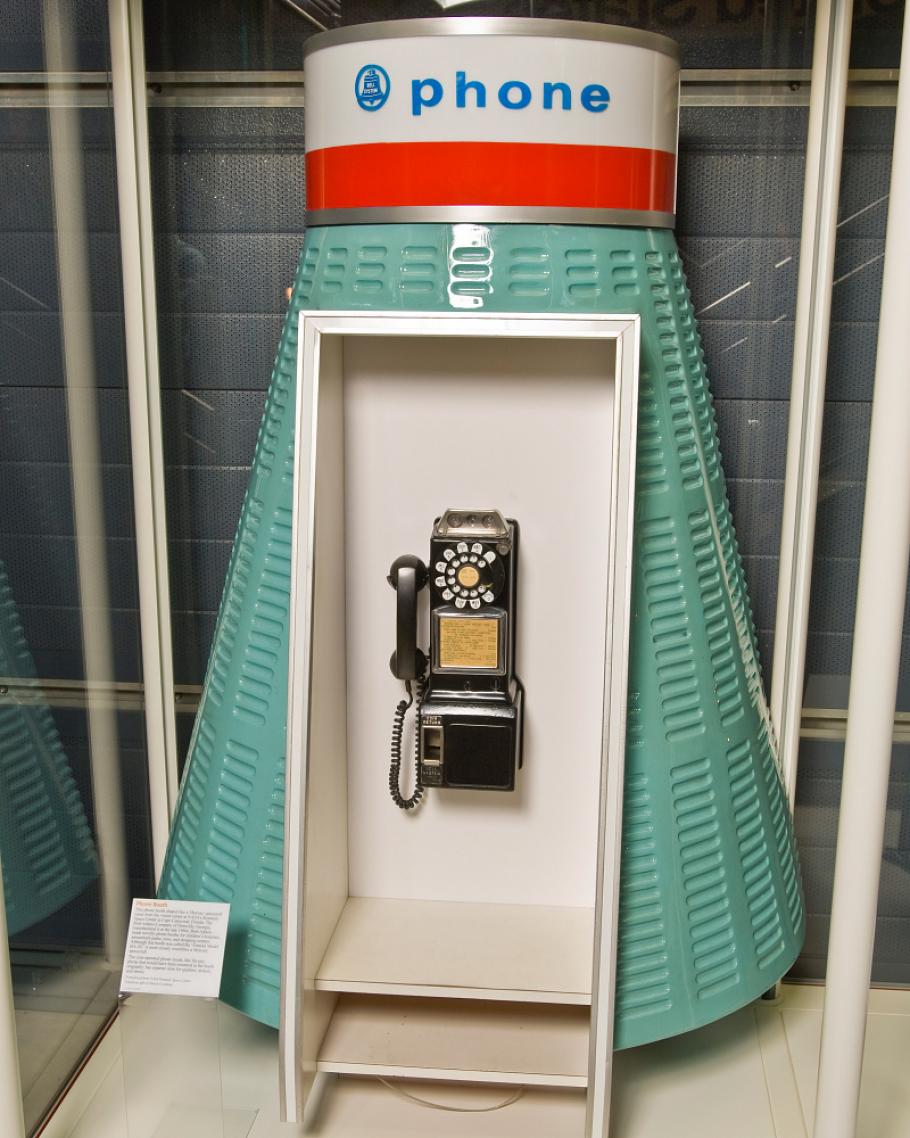
This phonebooth was installed at the Visitor Information Center at NASA’s Kennedy Space Center during the 1960s. (Smithsonian Institution)
Whether venturing to space, visiting a spaceport, or engaging in space-related recreation, individuals and families are likely to continue the tradition of incorporating space activities as part of their leisure time. As we enter the next chapter in the history of space tourism, questions about the significance of these experiences endure: What do “space tourists” hope to gain from their encounter with space or space sites? What does their choice of vacation destination say about their individual identities and the cultural significance of space? Who has access to these experiences and who is left out? And how will space tourism reshape communities on Earth as the industry evolves?
We rely on the generous support of donors, sponsors, members, and other benefactors to share the history and impact of aviation and spaceflight, educate the public, and inspire future generations. With your help, we can continue to preserve and safeguard the world’s most comprehensive collection of artifacts representing the great achievements of flight and space exploration.
- Get Involved
- Host an Event
Thank you. You have successfully signed up for our newsletter.
Error message, sorry, there was a problem. please ensure your details are valid and try again..
- Free Timed-Entry Passes Required
- Terms of Use
Smithsonian Voices
From the Smithsonian Museums
SMITHSONIAN EDUCATION
Finding Our Place in Space Through the Lenses of Art, Culture, History and Science
A new Smithsonian guide features tips for exploring objects in the sky, examines technology that helps us better understand the universe, and explores ways culture and the arts have used the cosmos to stimulate our imaginations
Carol Wilson & Erika Wright
:focal(571x223:572x224)/https://tf-cmsv2-smithsonianmag-media.s3.amazonaws.com/filer_public/21/a9/21a9168d-e8ca-45d0-862a-8c435faab62a/23-1358-si-usat-wonderawe-twitter.jpg)
Some of humanity’s greatest unresolved questions are about the nature of the universe. These questions have been pondered for generations, as people seek to understand how the galaxies, stars, and planets originated. At the Smithsonian, planetary scientists and astrophysicists continue to lead the quest to unlock the fundamental secrets of the cosmos, bringing us closer to answers than ever before. They explore Earth’s place in our own solar system, as well as other earth-like worlds orbiting around distant stars; they investigate the history of the Universe from Earth's geological past and present to the formation and evolution of planets, stars, and galaxies; and they showcase the results of their explorations and connect them to humankind's artistic and cultural endeavors.
Not an astrophysicist? No problem! Everyone, no matter their age or background can make a personal connection to the sky. To get started, think about these connections you may have to the cosmos: seeing a “shooting star,” tracing patterns in constellations, taking family trips outdoors, enjoying favorite sci-fi movies or books, witnessing historical astronomical events like an eclipse, attending sun or moon-centered festivals, or even experiencing seasonal observations.
Finding Our Place in Space
A new Smithsonian guide, “ Wonder & Awe ," features stories and activities that connect us to our “place in space” through the lenses of art, culture, history, and science. The sky belongs to everyone – from the women who mapped the universe over a century ago, to the astronomers who captured the first picture of a black hole, to the artists who inspire us with celestial connections.
Arts and Culture in the Universe
Artist Alma Thomas (1891–1978) was curious about the wonders of the universe. A singular figure in the story of twentieth-century American art, Thomas developed her unique style of abstract painting after retiring from a long career as an art teacher in Washington D.C. Her colorful, rhythmic paintings were influenced by elements of nature, music, and space. The Smithsonian American Art Museum holds the largest public collection of works by Alma Thomas in the world. Many of Thomas’s space paintings - - from her shimmering red canvas inspired by the supergiant star Antares, to her rainbow-hued round composition referencing the Apollo 8 lunar module nicknamed “Snoopy” - - reflect the vibrant optimism of the space age. Her painting The Eclipse was inspired by a total solar eclipse in 1970 and reflects the moment when the Moon fleetingly blocked the view of the Sun from the Earth, morphing into a dark sphere surrounded by an explosion of light and color on canvas.

The unique vision of artists and cultural storytellers has helped translate the wonders of the universe for centuries. Oral traditions of the Tlingit in Alaska and the Pacific Northwest explain the origins of some celestial bodies and inspired artist Preston Singletary to create Raven Steals the Sun , a sculpture inspired by the story of the trickster Raven who captures the Sun, Moon and Stars and releases them to bring light into our world. Artist Margaret Nazon, a member of the Gwich’in First Nation in Tsiigehtchic, Northwest Territories, Canada, created fabric and beaded artworks based on images from the Hubble Space Telescope, combining traditional beading techniques she learned as a child with contemporary scientific imagery. Her fabric artwork Night Sky depicts galaxies of stars, comets, and constellations including Ursa Major, Cassiopeia, and Orion, the Hunter, objects that help people orient themselves in relation to the stars.
Unlocking the Mysteries of the Universe
Unraveling the mysteries of the Universe is a complicated process, with each discovery building on the last. At the Smithsonian, we have a long history of peering into the cosmos in search of these answers. Samuel Pierpont Langley, the third secretary of the Smithsonian, founded the Smithsonian Astrophysical Observatory (SAO) in 1890, primarily for studies of the Sun. Today, SAO’s efforts to understand the physical processes on the Sun and the many ways it influences Earth, like all of our astrophysics research, takes teams of experts from varied backgrounds to pursue. In fact, it’s this collaborative effort that makes modern astrophysics research so successful. From engineers, to imaging scientists, astrophysicists to artificial intelligence experts, data scientists to educators, broad and diverse teams are needed to answer our unresolved questions about the nature of the universe.
As Mary Dussault, Science Education Program Manager at the Smithsonian Astrophysical Observatory puts it: “There are thousands of things you can do in science education. First, you get to learn more about the universe. Then, you can do whatever you're great at to help other people learn. If you're an artist, you can create great info-graphics; if you're a writer, you can write fascinating articles; if you're a hands-on maker, you can create museum exhibits; if you're a you-tuber, you can create videos that teach science; if you like teamwork, you can coach other educators.”
/https://tf-cmsv2-smithsonianmag-media.s3.amazonaws.com/filer_public/d5/ac/d5ac0280-2ea1-4933-a52c-ec1c858bfc9a/awardees2024.jpg)
Expanding Astronomical Horizons
NASA’s Great Observatories have given, and continue to give, us some of the most awe inspiring peeks into our universe. Their ability to capture information beyond that which our eyes can see provides us with new and exciting opportunities to understand the world around us every day. The Chandra X-ray Observatory, one of these great observatories – currently celebrating its 25th anniversary, recently joined forces with the James Webb Space Telescope to discover the most distant black hole ever detected in X-rays. This new discovery is considered the best evidence to date that some early black holes formed from massive clouds of gas. But you don’t have to have access to NASA telescopes to be a part of this great community of night sky investigators! You simply have to be curious.
Here’s some great ideas to get you started:
- Pay attention to the Moon and Sun. Everyone, no matter where they live, can join in observing our two most celebrated celestial objects.
- Start Looking Up : Find a dark place like a highschool ball field, a park, or in a city this might be a rooftop you have safe access to. Bring a blanket, and let your eyes adjust. Searching for constellations is a great way to start.
- Telescopes and binoculars can really enhance your observing experience. Did you know many libraries have telescopes you can borrow!
- Take your own images using the Smithsonian Astrophysical Observatory’s MicroObservatory Robotic Telescopes . All you need is an email address to get started.
- Explore the Universe with your other senses, and listen to A Universe of Sound , a project from the Chandra X-ray Observatory to translate data into sound.
We hope you’re inspired by the work of scientists, artists, designers, and historians featured in this guide. Tomorrow’s eclipse is a reminder that the sky belongs to everyone. Take this opportunity to expand your horizons, and examine your personal, cultural, and scientific connections to the sky. Just like the Universe, our connections to the world around us are ever evolving. What stories do you want to tell about your place in space? Join the Smithsonian in expressing them through poetry, painting, song, and more. Then share them– with your friends, your family, and with us!
Editor's Note: The "Wonder & Awe" guide is now available online for viewing and download , featuring connections to the story of the Smithsonian's sunburst logo and the graphic designer Crimilda Pontes who created it; how artists including Alma Thomas , Margaret Nazon (Gwich’in Tsiigehtchic, Northwest Territories), and Preston Singletary (Tlingit), have been inspired by celestial objects; ongoing research and data collection from the Smithsonian Astrophysical Observatory and its partners; tips for observing the night sky ; and pathways for students to learn more about astronomy through programming and research opportunities.

Carol Wilson | READ MORE
Carol Wilson is the Lunder Education Chair at the Smithsonian American Art Museum where she leads museum learning and engagement at SAAM and The Renwick Gallery. She oversees a department responsible for K-12 learning, audience research, visitor-centered interpretive experiences, accessibility programs, and an international distance learning program that fosters critical thinking skills and global competence. Wilson serves on SAAM’s senior leadership team and collaborates across the Smithsonian to develop and implement institutional strategies and learning initiatives. She developed a love for museums growing up in Boston and began her Smithsonian career at the Hirshhorn Museum and Sculpture Garden, landing at SAAM in 2004 after a two-year detour in Brussels, Belgium.

Erika Wright | READ MORE
Erika Wright is an Education Specialist in the Science Education Department at SAO, specializing in supporting the inclusive participation of girls, youth from groups underrepresented in STEM, and scientists together in science learning experiences beyond the classroom. Erika has worked in a variety of museum and informal learning settings. She earned her Masters from the George Washington University Museum Education Program. Before coming to SAO, Erika developed youth programs at the Smithsonian Institution's National Museum of Natural History.
An Overview of Space Tourism
- First Online: 23 March 2024
Cite this chapter

- Kang-Lin Peng 4 ,
- IokTeng Esther Kou 5 &
- Hong Chen 6
Part of the book series: Contributions to Management Science ((MANAGEMENT SC.))
31 Accesses
The expansion of travel boundaries has been a significant aspect of human history (Cohen, Tour Recreat Res 42:22–31, 2017). In recent times, the tourism industry has extended its reach to outer space (Bushnell DM (2021) Space tourism and commercial deep space: humans going to and beyond low earth orbit. In technological breakthroughs and future business opportunities in education, health, and outer space. IGI Global, pp. 281–290).
This is a preview of subscription content, log in via an institution to check access.
Author information
Authors and affiliations.
Faculty of International Tourism and Management, City University of Macau, Macau, China
Kang-Lin Peng
IokTeng Esther Kou
Institute for Research on Portuguese-speaking Countries (IROPC), City University of Macau, Macau, China
You can also search for this author in PubMed Google Scholar
Corresponding author
Correspondence to Kang-Lin Peng .
Rights and permissions
Reprints and permissions
Copyright information
© 2024 The Author(s), under exclusive license to Springer Nature Singapore Pte Ltd.
About this chapter
Peng, KL., Kou, I.E., Chen, H. (2024). An Overview of Space Tourism. In: Space Tourism Value Chain. Contributions to Management Science. Springer, Singapore. https://doi.org/10.1007/978-981-97-1606-7_1
Download citation
DOI : https://doi.org/10.1007/978-981-97-1606-7_1
Published : 23 March 2024
Publisher Name : Springer, Singapore
Print ISBN : 978-981-97-1605-0
Online ISBN : 978-981-97-1606-7
eBook Packages : Business and Management Business and Management (R0)
Share this chapter
Anyone you share the following link with will be able to read this content:
Sorry, a shareable link is not currently available for this article.
Provided by the Springer Nature SharedIt content-sharing initiative
- Publish with us
Policies and ethics
- Find a journal
- Track your research

Passing Thru Travel
Travel Beyond Earth: Exploring the Future of Space Tourism
Posted: March 22, 2024 | Last updated: March 22, 2024
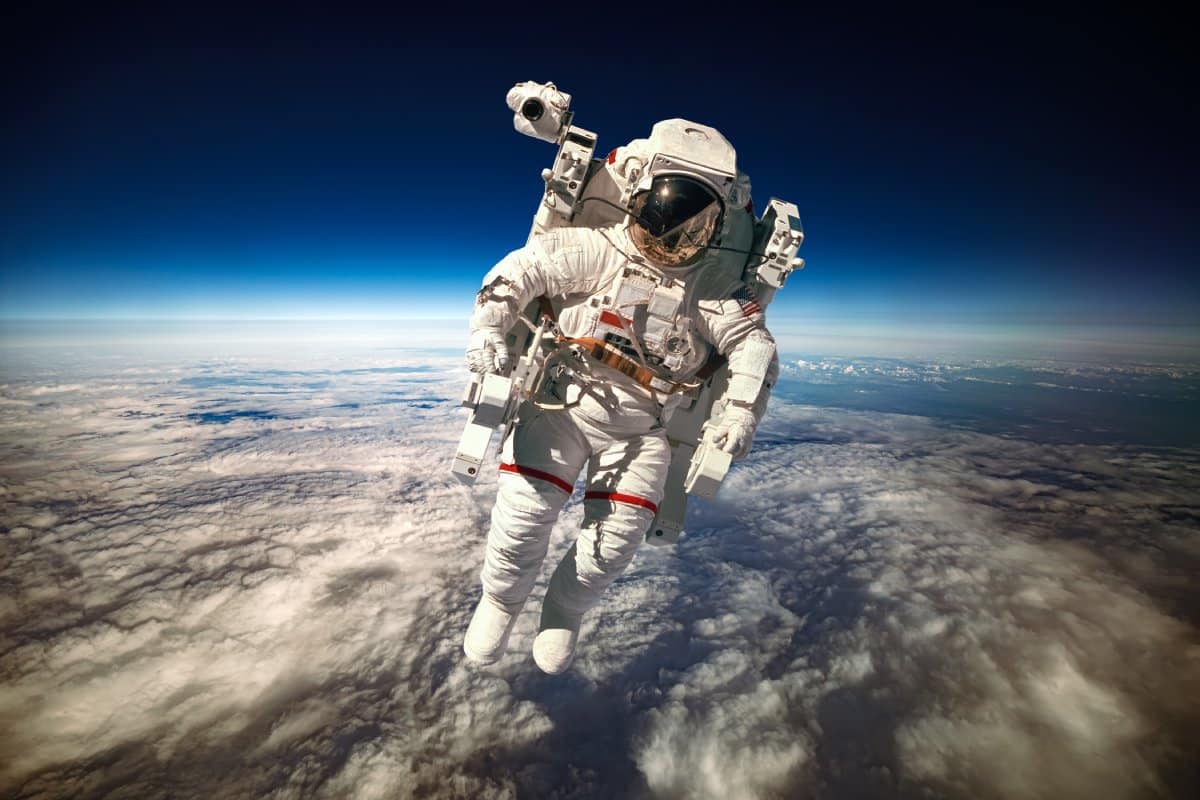
Space tourism, once a mere figment of science fiction, rapidly evolves into a tangible reality, offering the most intrepid travelers an unprecedented opportunity to venture beyond Earth’s confines. This burgeoning industry promises to redefine the boundaries of exploration, providing experiences ranging from suborbital flights to extended stays in space stations. As private companies like SpaceX, Blue Origin, and Virgin Galactic spearhead this new era, the dream of gazing upon Earth from the vastness of space is closer than ever. This guide explores the forefront of space tourism, presenting ideas that mark the future of extraterrestrial travel.
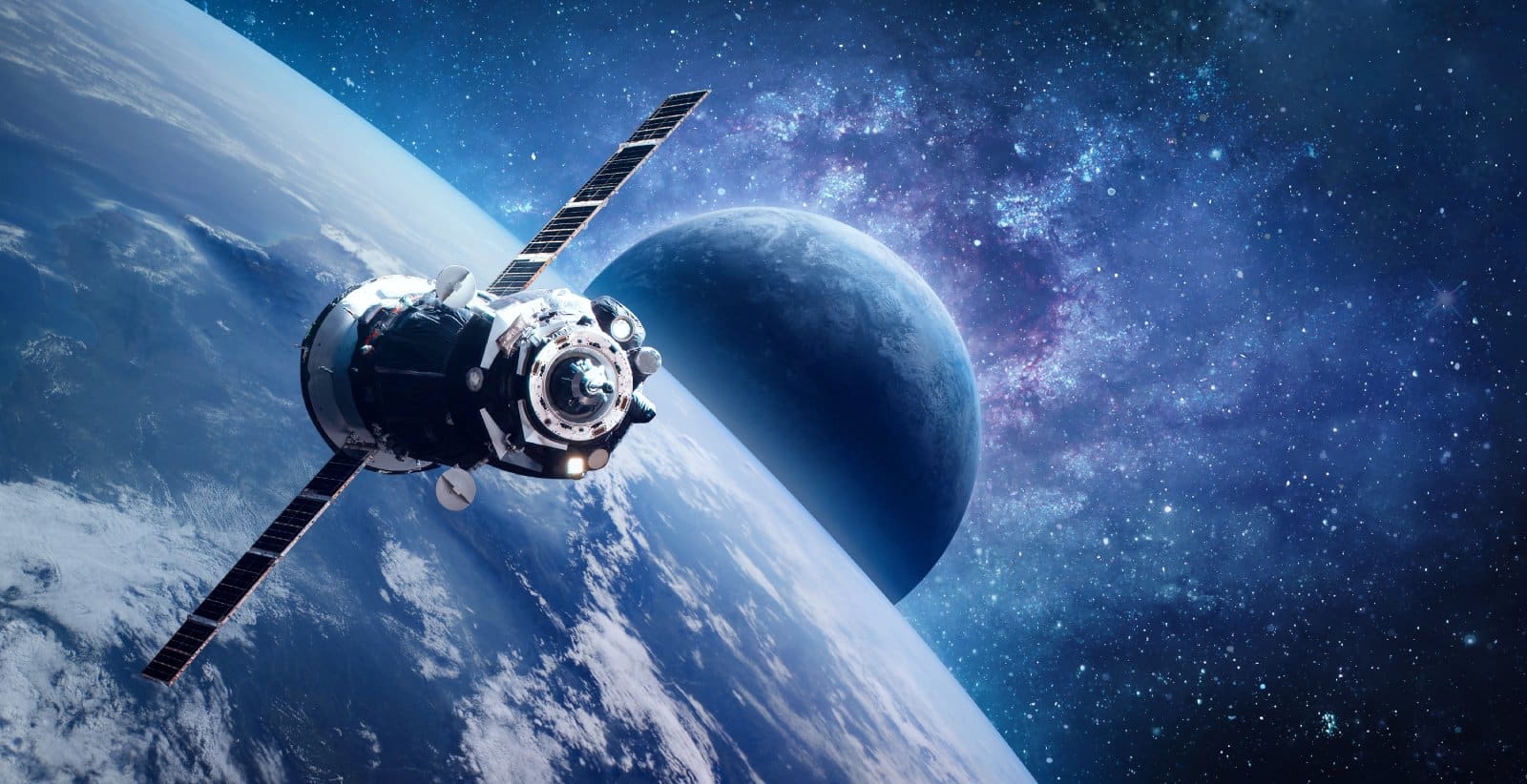
1. Suborbital Spaceflights
Image Credit: Shutterstock / Dima Zel
Suborbital spaceflights represent the threshold of human space exploration, offering a brief yet profound journey beyond the confines of Earth’s atmosphere. This experience allows you to witness the curvature of the Earth against the backdrop of the infinite cosmos, a sight that has transformed the perspective of many astronauts.
During the flight, you’ll experience a few minutes of weightlessness, floating freely within the cabin, an exhilarating and serene sensation. Companies leading this venture, such as Blue Origin and Virgin Galactic, utilize cutting-edge spacecraft designed for safety, comfort, and the optimal viewing experience. The flights are meticulously planned, with each phase — from the rocket’s ascent to the silent glide back to Earth — maximizing the passenger’s experience of space.
Insider’s Tip: Opt for a comprehensive training program offered by these companies to prepare physically and mentally for the rigors and euphoria of space travel.
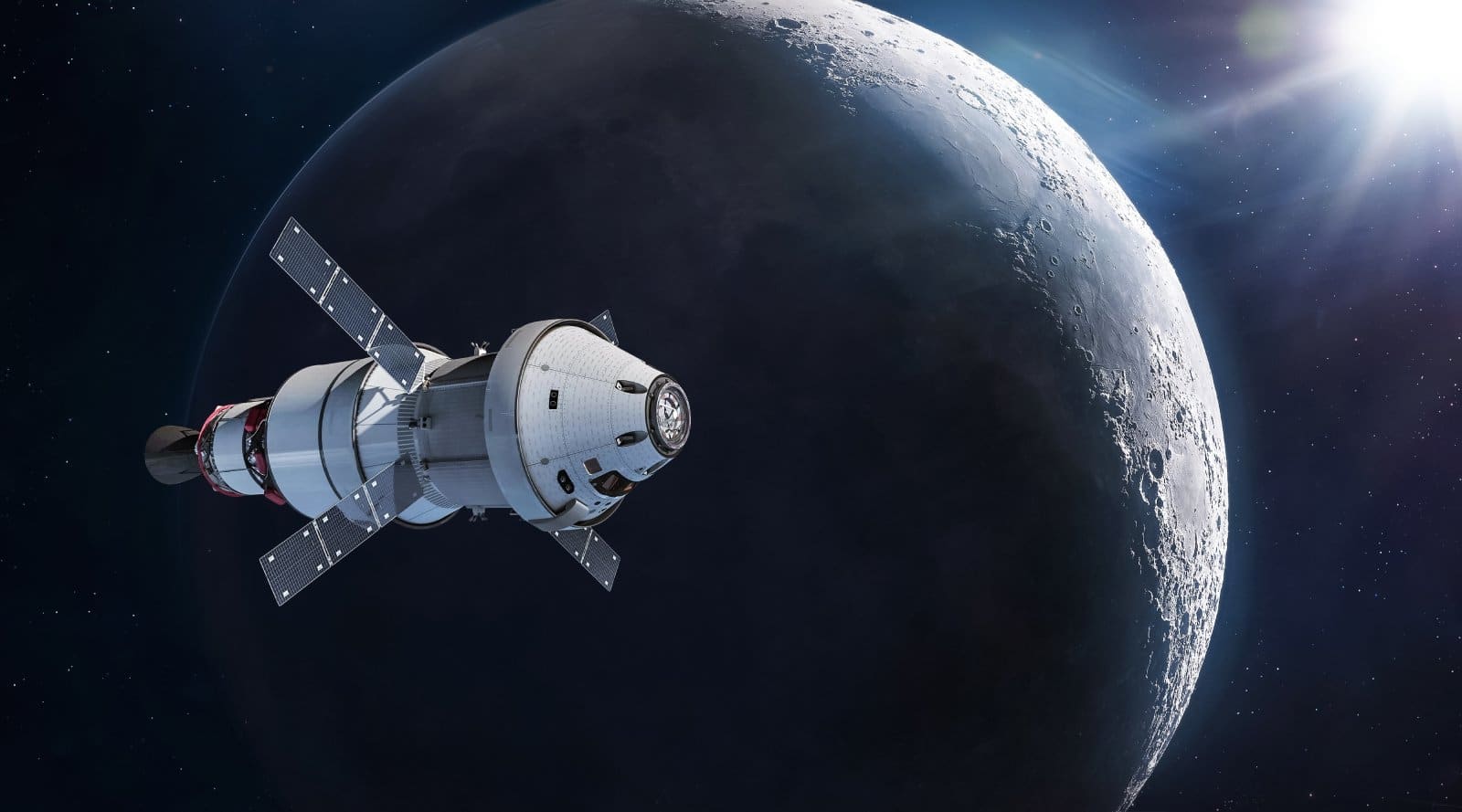
2. Orbital Spaceflights
Orbital spaceflights are the next frontier for private space tourism, offering an extended stay in low Earth orbit. This experience goes beyond the brief moments of weightlessness, allowing you to live and move in space, witnessing multiple sunrises and sunsets in a single day from the vantage point of a spacecraft. Currently, this level of space travel is offered by companies like SpaceX, which plans to use its Crew Dragon spacecraft to transport private citizens to orbit.
While aboard, you’ll experience life as modern astronauts, from sleeping in zero gravity to observing the Earth from a unique orbital perspective. The journey is about experiencing the day-to-day life of an astronaut, making it a profoundly transformative experience.
Insider’s Tip: Engage in a rigorous pre-flight conditioning regimen to ensure you can fully enjoy and participate in the activities and demands of living in space.

3. Space Hotels
Image Credit: Shutterstock / Alones
The concept of space hotels is set to revolutionize space tourism, offering a luxurious stay in orbit. These hotels, planned by companies like Axiom Space, aim to attach habitable modules to the International Space Station or even construct free-flying space stations designed for commercial use.
Guests can expect accommodations that combine the thrill of space with the comforts of Earth, including rooms with views of the planet below, space-grown food, and recreational activities adapted for microgravity. The development of space hotels highlights the growing accessibility of space travel, promising an extraordinary vacation destination that was once the realm of astronauts.
Insider’s Tip: Keep an eye on the development progress of these stations and plan for a longer training period to acclimate to extended periods in microgravity.
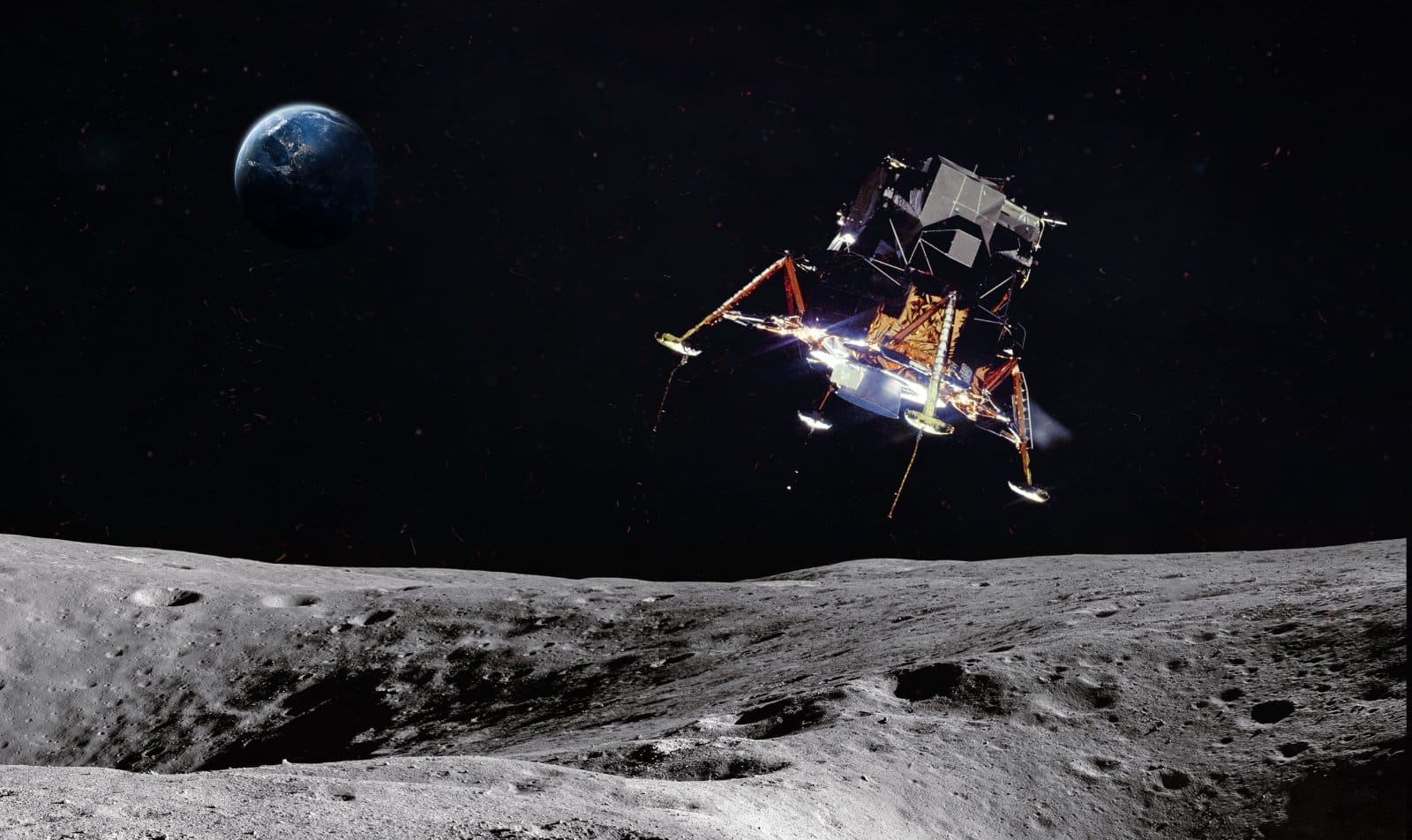
4. Lunar Flybys
Lunar flybys mark an ambitious step in space tourism, offering private citizens the chance to journey around the Moon. This mission, reminiscent of the Apollo missions of the 1960s and 70s, promises an unparalleled adventure, bringing you up close to the lunar surface before witnessing the Earth rising over the Moon’s horizon.
SpaceX’s Starship is one of the spacecraft intended to make such missions possible, providing a comfortable and safe journey for those aboard. The experience of seeing the Moon up close and the Earth in full view offers an extraordinary sense of our place in the universe and the interconnectedness of all life on our planet.
Insider’s Tip: Such a mission requires physical preparation and a deep commitment, as it represents one of the longer-duration space tourism experiences currently planned.
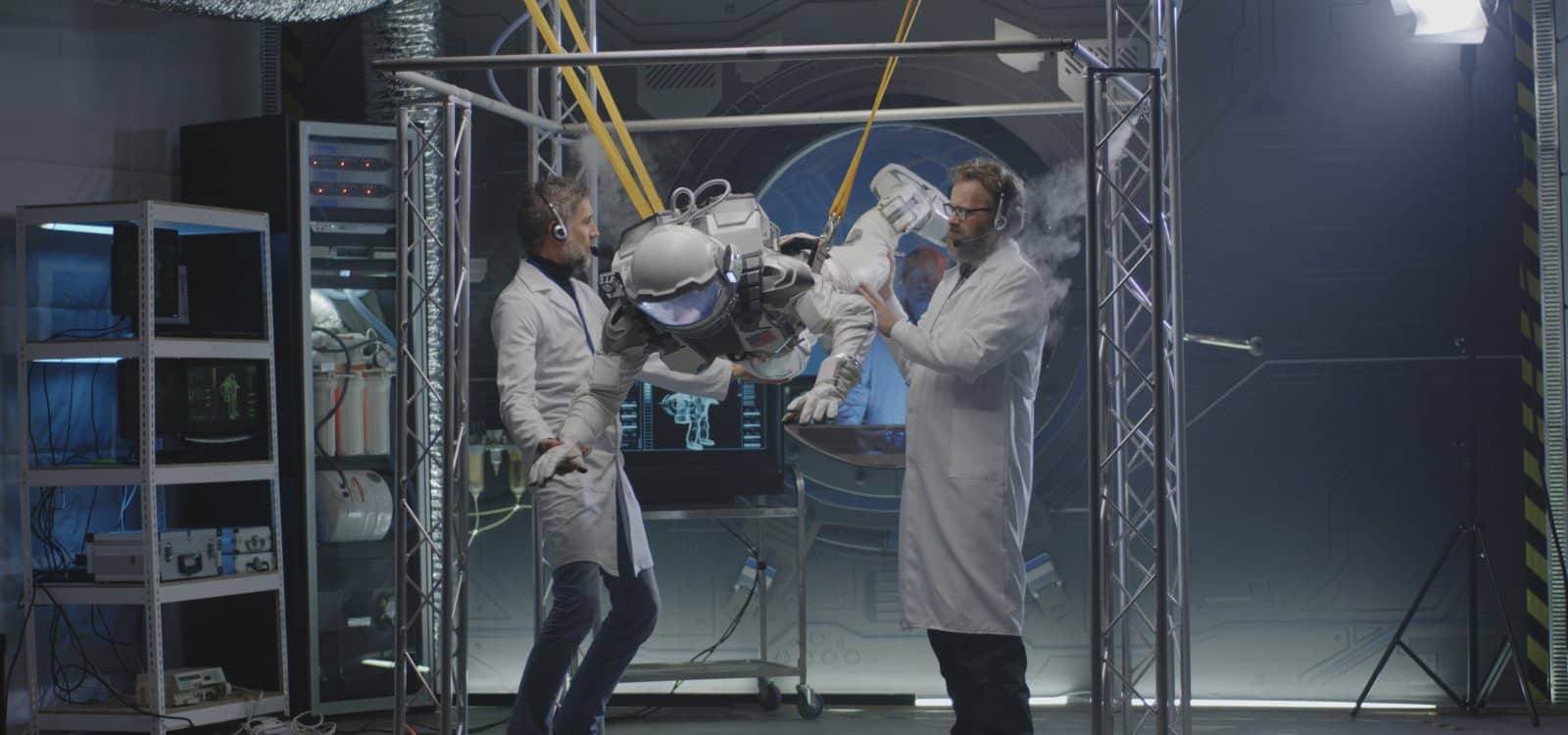
5. Zero-Gravity Flights
Image Credit: Shutterstock / Frame Stock Footage
Embarking on a zero-gravity flight offers an unparalleled introduction to the sensations of space without leaving Earth’s atmosphere. This experience simulates the weightlessness of outer space through parabolic flight patterns, creating moments where gravity’s pull is momentarily negated.
Inside a specially modified aircraft, you’ll float, flip, and soar as if in space, providing a unique taste of what astronauts experience aboard the International Space Station. The flights are meticulously planned and executed, involving a series of steep climbs and descents, with each parabola offering around 20 to 30 seconds of weightlessness.
For those dreaming of space travel, this adventure is an accessible and exhilarating preview, requiring minimal training compared to orbital missions. It’s a favorite among space enthusiasts, researchers, and educators for its educational value and the sheer joy of experiencing microgravity.
Insider’s Tip: Focus on mastering movements in microgravity during the flight to maximize the experience. Quick acclimation allows for more freedom and enjoyment during the brief periods of weightlessness.
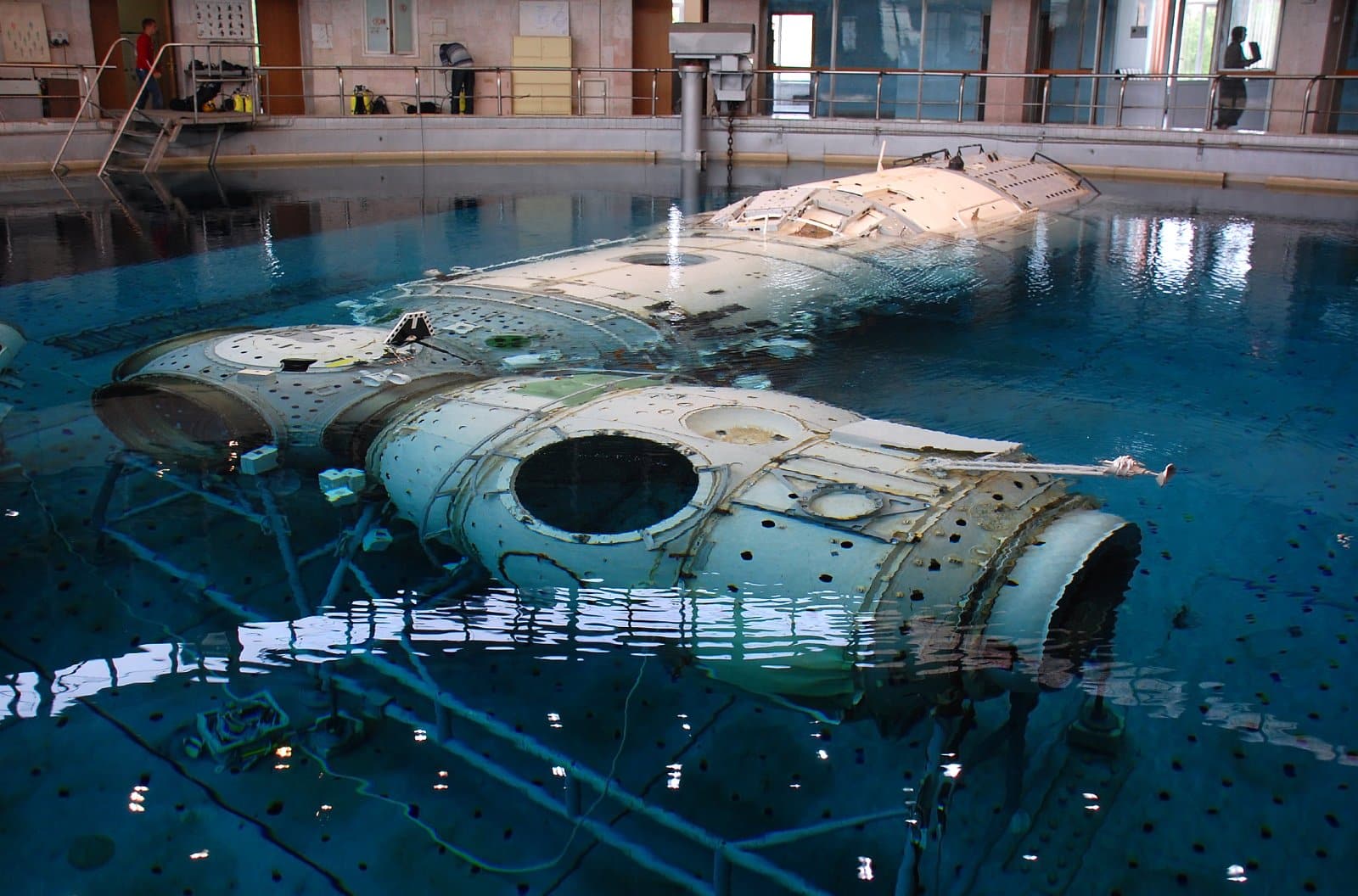
6. Spacewalk Simulations
Image Credit: Shutterstock / vicspacewalker
Spacewalk simulations offer an immersive experience that closely mimics the extravehicular activities (EVAs) performed by astronauts in the vacuum of space. Utilizing advanced virtual reality (VR) technology and neutral buoyancy labs, these simulations give participants a realistic sense of the challenges and exhilaration of conducting a spacewalk.
In neutral buoyancy labs, participants are submerged in large pools equipped with full-scale models of spacecraft and space station modules, allowing them to practice tasks under conditions that simulate microgravity. VR simulations, on the other hand, use cutting-edge graphics and motion-sensing technology to create detailed, interactive environments where participants can explore and work on virtual spacecraft or satellites.
These experiences are designed not only for entertainment but also as educational tools, offering insights into the physics of space, the complexity of astronaut tasks, and the teamwork required to complete a mission outside the Earth’s atmosphere.
Insider’s Tip: Take the time to learn about the intricacies of real space missions to enhance the realism and immersion of the simulation experience.
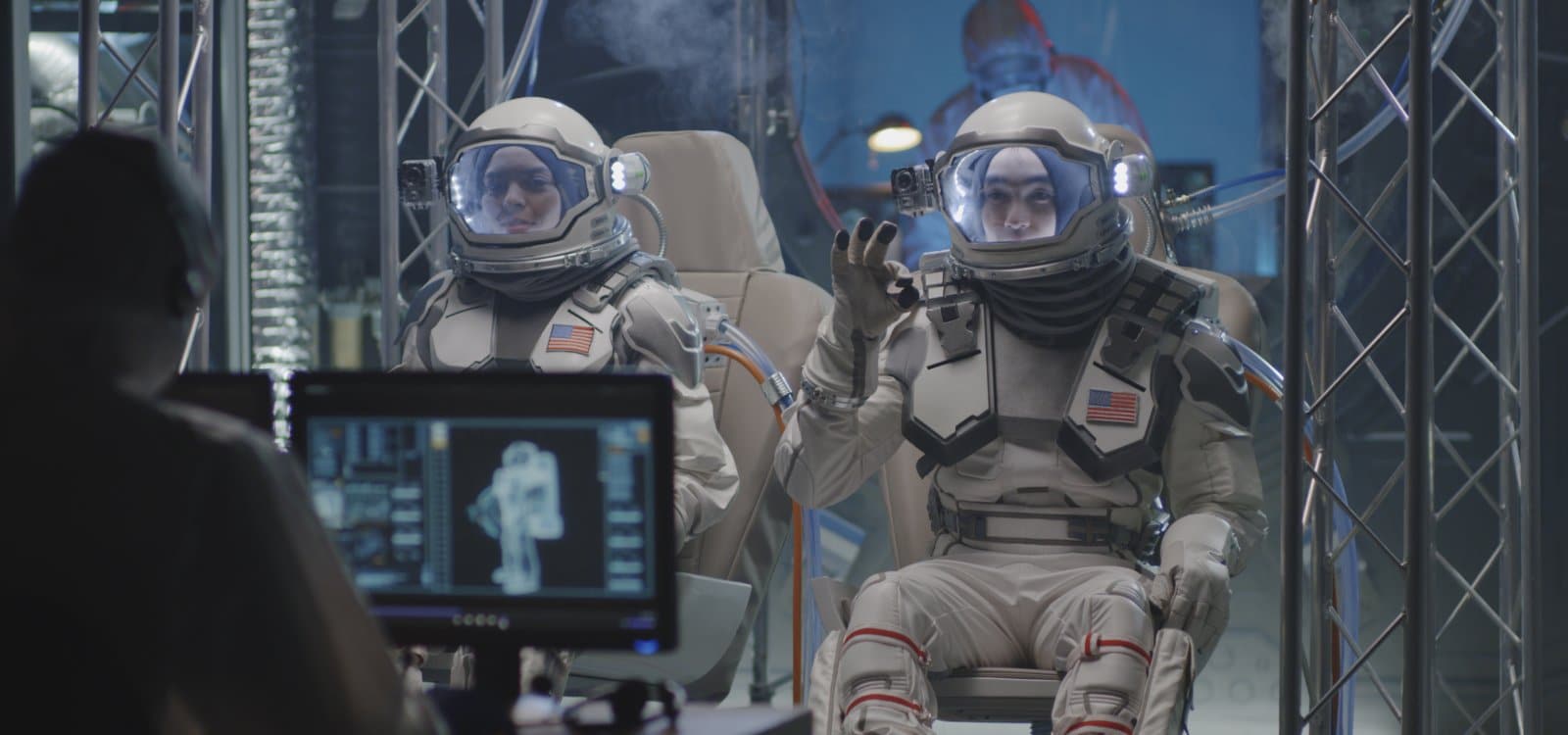
7. Astronaut Training Experiences
Astronaut training experiences are comprehensive programs designed to simulate the physical and mental preparation required for space travel. These programs cover a wide range of activities, from high-G force centrifuge training to simulate rocket launches to underwater neutral buoyancy sessions that mimic the weightlessness of space.
Participants also engage in classroom sessions where they learn about spacecraft operations, navigation, and the science behind human spaceflight. Additionally, survival training exercises prepare participants for emergency scenarios, including how to safely return to Earth in unforeseen circumstances.
These experiences are offered by various space agencies and private companies, aiming to provide an authentic glimpse into the life of an astronaut and the rigorous training they undergo.
Insider’s Tip: Embrace every aspect of the training for a holistic understanding of the physical and psychological demands of space travel.
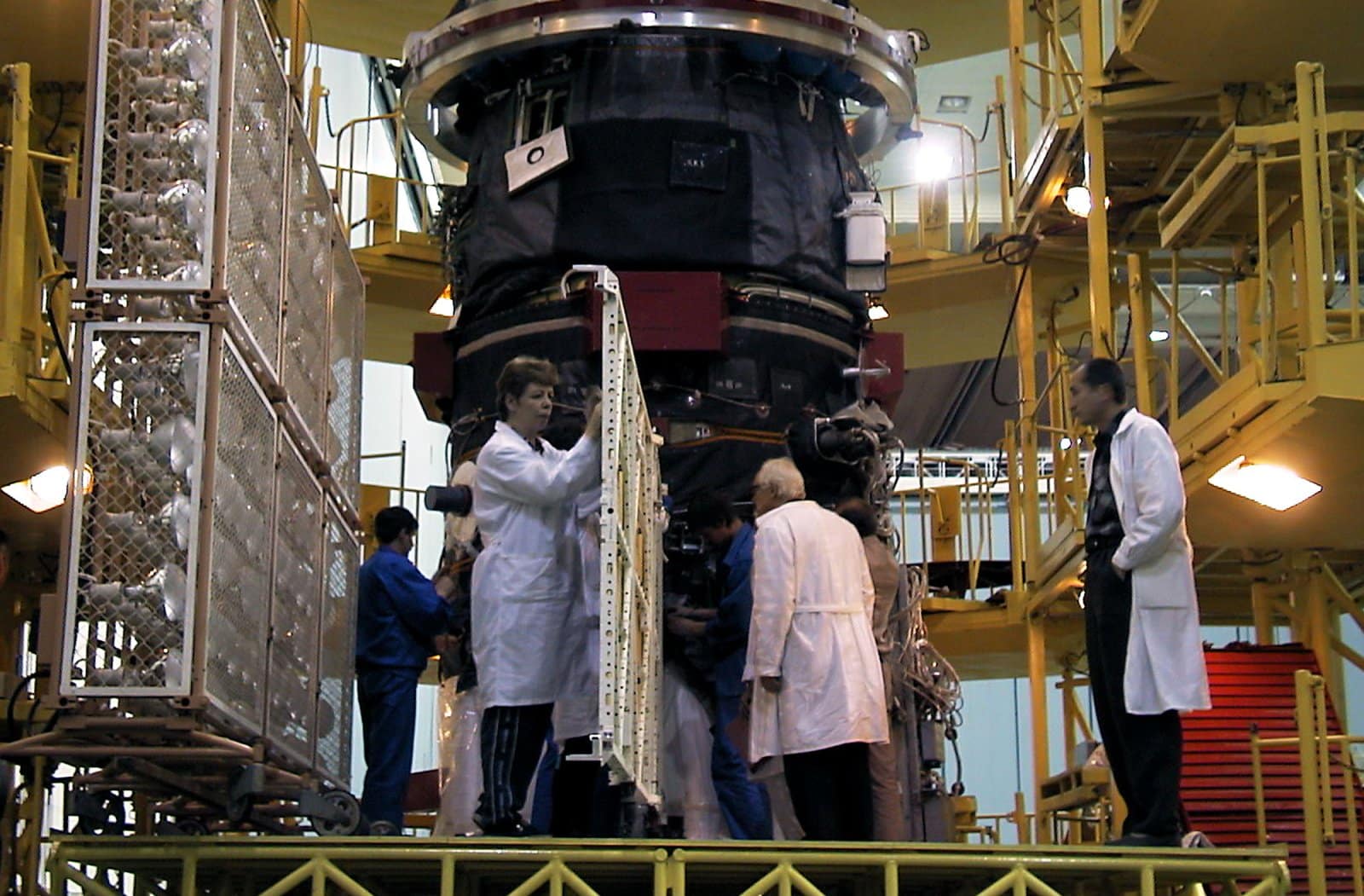
8. Visits to Space Launch Facilities
Image Credit: Shutterstock / Northfoto
Visits to space launch facilities offer a unique opportunity to witness the intersection of human ingenuity and cosmos exploration. Facilities like NASA’s Kennedy Space Center in Florida and SpaceX’s launch site at Boca Chica, Texas, provide guided tours where visitors can see launch pads, vehicle assembly buildings, and control rooms.
These tours often include exhibits on the history of space exploration, showcasing spacecraft, satellites, and memorabilia from historic missions. For those interested in the future of space travel, some facilities also offer the chance to see the latest aerospace technology and spacecraft being prepared for upcoming missions.
Witnessing a live rocket launch is a highlight of visiting these facilities, offering a tangible sense of the power and potential of space exploration.
Insider’s Tip: Plan your visit to coincide with a live rocket launch for an unforgettable experience, but be prepared for schedule changes due to weather or technical delays.
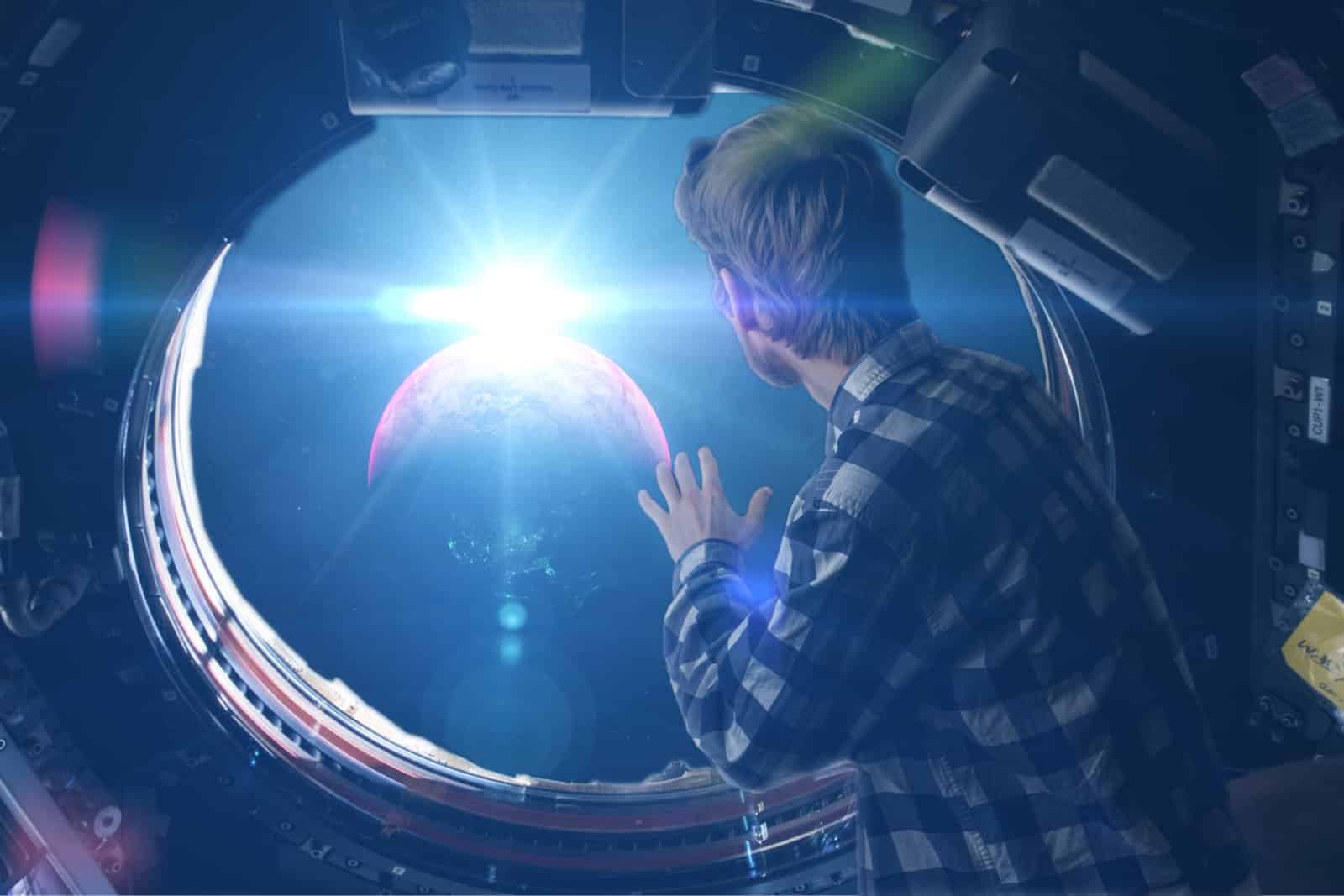
9. Space Camps for Adults
Image Credit: Shutterstock / Mike_shots
Space camps designed for adults blend the thrill of space exploration with the rigor of astronaut training in an immersive, educational environment. These camps offer a comprehensive overview of space science, including hands-on activities like building and launching model rockets, simulating space missions, and navigating obstacle courses designed to mimic the physical challenges of space travel.
Beyond the physical activities, workshops, and lectures from experts in the field provide insights into the complexities of spaceflight, the history of space exploration, and the future of humanity in space. This experience is about fulfilling childhood dreams and understanding the teamwork, problem-solving, and technical knowledge required for space missions.
Whether you’re a space enthusiast looking to deepen your understanding or simply seeking an adventure out of this world, adult space camps offer an unforgettable journey into the final frontier.
Insider’s Tip: Engage fully in the camp activities and network with fellow space enthusiasts to enrich your experience and foster connections within the space tourism community.
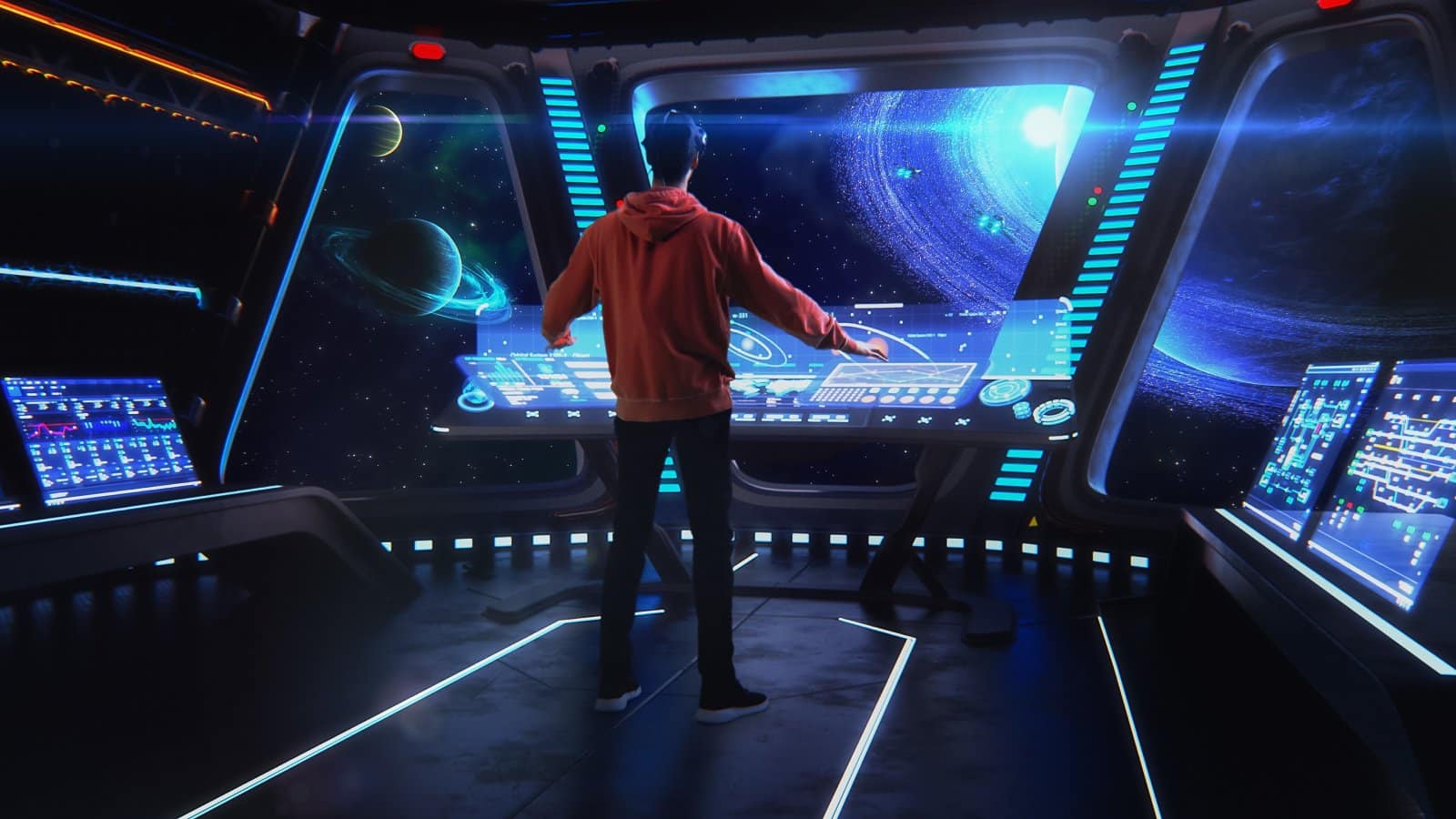
10. Virtual Reality Space Exploration
Image Credit: Shutterstock / Gorodenkoff
Virtual reality (VR) space exploration represents the cutting edge of technology, allowing you to traverse the cosmos from the comfort of your own home. High-definition visuals and immersive audio transport you to other worlds, from the International Space Station to the rugged terrain of Mars. These experiences are crafted with attention to scientific accuracy, offering not just entertainment but an educational journey through space and time.
You can embark on guided tours of extraterrestrial landscapes, participate in simulated space missions, and learn about the cosmos in an engaging, interactive format. VR technology continues to evolve, promising ever more realistic and expansive explorations of the universe. For those fascinated by space but not ready to leave Earth, virtual reality offers a compelling window into what lies beyond our planet.
Insider’s Tip: Invest in a high-quality VR headset and explore the various space exploration programs available to maximize the realism and depth of your virtual space experience.
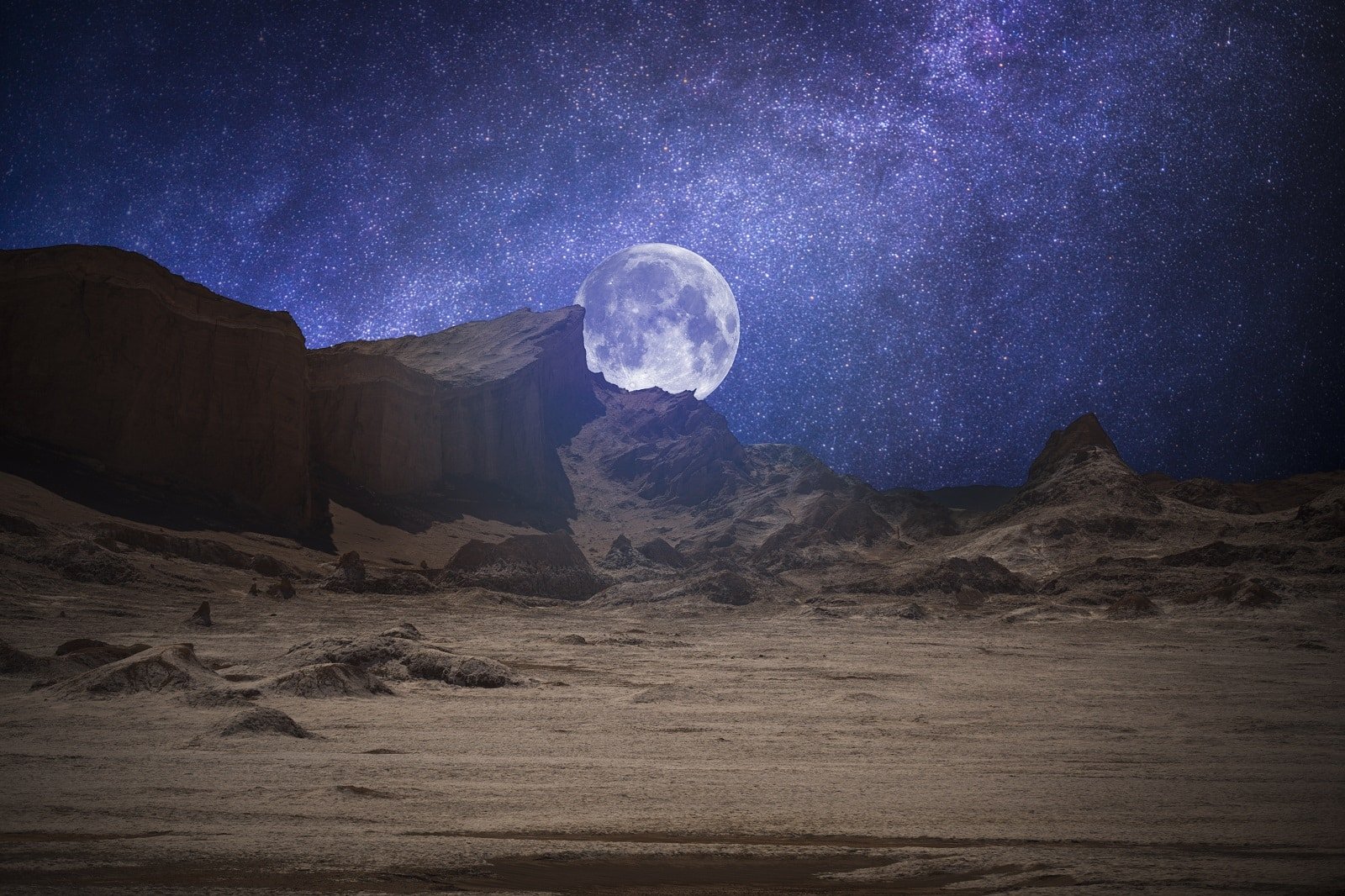
The Bottom Line
Image Credit: Shutterstock / Skreidzeleu
As space tourism evolves, these journeys become increasingly accessible to those who dream of the stars. Whether through a brief parabolic flight or an ambitious journey around the Moon, the opportunities for adventure beyond Earth’s atmosphere are expanding. Each of these experiences requires financial investment, a commitment to preparation, and a willingness to embrace the unknown.
As you contemplate your place in the cosmos, remember that the essence of space tourism lies in pushing the boundaries of human experience, offering a new perspective on our planet and our place within the universe. The future of travel beyond Earth promises new destinations and a new understanding of what it means to explore.
More Articles Like This…
Barcelona: Discover the Top 10 Beach Clubs
2024 Global City Travel Guide – Your Passport to the World’s Top Destination Cities
Exploring Khao Yai 2024 – A Hidden Gem of Thailand
The post Travel Beyond Earth: Exploring the Future of Space Tourism republished on Passing Thru with permission from The Green Voyage .
Featured Image Credit: Shutterstock / Andrei Armiagov.
For transparency, this content was partly developed with AI assistance and carefully curated by an experienced editor to be informative and ensure accuracy.
More for You
Social Security Benefits Could Be Dramatically Changed Under New Bill
California Fast Food Chains Have Found a Way to Bypass Rising Minimum Wages—And It's Bad News for Staff
I’m a Bank Teller: 3 Times You Should Never Ask For $100 Bills at the Bank
Symptoms of Too Much Vitamin D and Supplement Side Effects
Fallout Shelter: Best Outfits For Exploring The Wasteland
A woman was told she wasn't hired for a job because of her appearance. Career experts say it happens all the time.
Want the Max $4,873 Social Security Benefit? Here's the Salary You Need.
Ukraine Deploys New Weapon for First Time After Secret Delivery
Barber Coins Are Worth Thousands: Here’s How To Spot Them in Your Spare Change
Strawberry-Rhubarb Breakfast Cake Will Make Everyone Spring Out Of Bed
Vitamin Once Prescribed to Lower Heart Disease Risk May Actually Raise It, Study Finds
How Do I Know If My Dog Is Happy? 12 Signs of a Happy Dog
If you use any of these 4 phrases you have higher emotional intelligence than most
Here is the true value of having a fully paid-off home in America — especially when you're heading into retirement
Popular Restaurant Chain Files for Bankruptcy, Abruptly Shuts Down All Locations
A Scientist Says He Has the Evidence That We Live in a Simulation
Beware of the Food That Isn’t Food
3 lies women have been told about their bodies, according to a female doctor
Scientists claim people with this blood type more likely to have early stroke
Exciting Laotian American Restaurant Opens With Southeast Asian Burgers and Skewers in Austin

60 Years and Counting
- the future -.
NASA’s future will continue to be a story of human exploration, technology, and science. We will go back to the Moon to learn more about what it will take to support human exploration to Mars and beyond. We will continue to nurture the development of a vibrant low-Earth orbit economy that builds on the work done to date by the International Space Station. NASA engineers will develop new technologies to improve air transport at home and meet the challenges of advanced space exploration. Our scientists will work to increase an understanding of our planet and our place in the universe. We will continue to try to answer the question, “Are we alone?”
Unlike the way the space program started, NASA will not be racing a competitor. Rather, we will build upon the community of industrial, international, and academic partnerships forged for the space station. Commercial companies will play an increasing role in the space industry: launching rockets and satellites, transporting cargo and crew, building infrastructure in low-Earth orbit. NASA will continue to be a global leader in scientific discovery, fostering opportunities to turn new knowledge into things that improve life here on Earth.
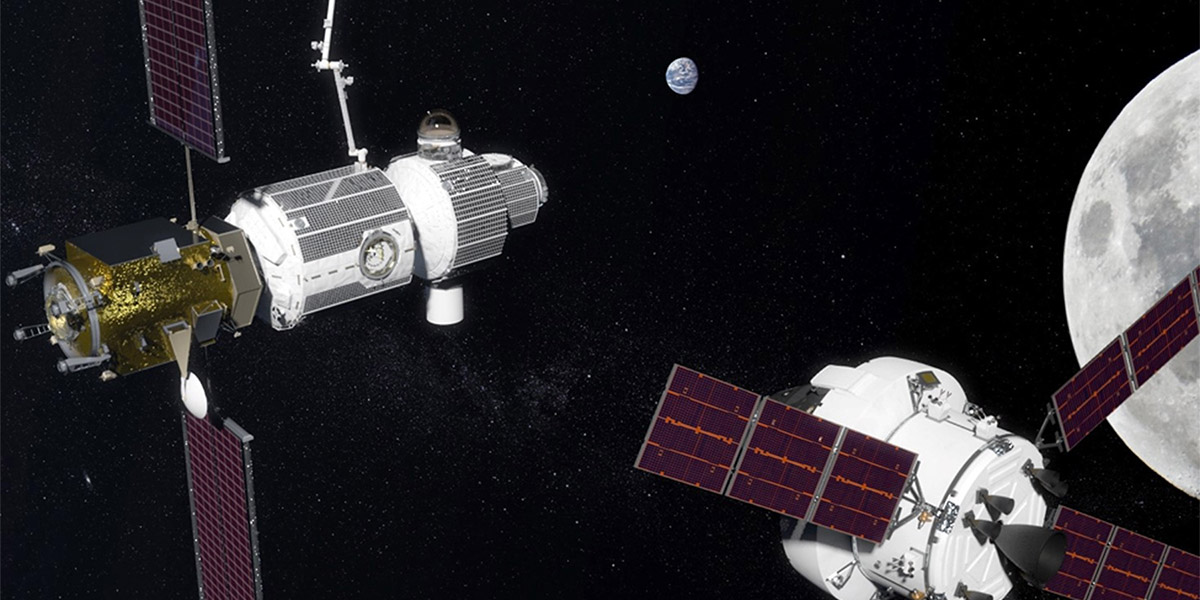
Artist’s concept, NASA’s gateway in lunar orbit. It will consist of at least a power and propulsion element as well as habitation, logistics, and airlock capabilities. The power and propulsion element will be the first component to launch for placement near the Moon in 2022, with additional elements launching in subsequent years. Image Credit: NASA
In the half-century since people visited the Moon, NASA has continued to push the boundaries of knowledge to deliver on the promise of American ingenuity and leadership in space. And NASA will continue that work by moving forward to the Moon with astronauts landing on the lunar South Pole by 2024.
NASA is implementing the President’s Space Policy Directive-1 to “lead an innovative and sustainable program of exploration with commercial and international partners to enable human expansion across the solar system.” NASA stands on the verge of commercializing low-Earth orbit. These experiences and partnerships will enable NASA to go back to the Moon in 2024 – this time to stay. NASA’s backbone for deep space exploration is the biggest rocket ever built, the Space Launch System (SLS), the Orion spacecraft and the Gateway lunar command module. With its partners, NASA will use the Gateway lunar command module orbiting the Moon as a staging point for missions that allow astronauts to explore more parts of the lunar surface than ever before
Aeronautics
NASA’s work in aeronautics has made decades of contributions to aviation, national security and our economy. Ongoing research and testing of new aeronautics technologies are critical in these areas and will help the U.S. lead the world in a global aviation economy, with increasing benefits worldwide. Developing quiet supersonic transport over land, and quieter, cleaner aircraft technologies are two ways NASA is transforming aviation.
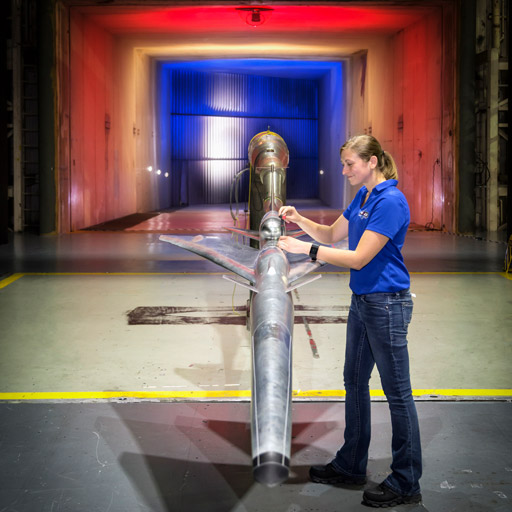
Image Credit: NASA/Chris Giersch
Quiet Supersonic Technology
Testing the Quiet Supersonic Technology (QueSST) Preliminary Design Model inside NASA Langley Research Center’s 14-by-22-foot Subsonic Tunnel. The QueSST Preliminary Design is the initial design stage of NASA’s planned Low-Boom Flight Demonstration experimental airplane, or X-plane, which aims to reduce fuel use, emissions, and noise, and to make supersonic flight over land possible.
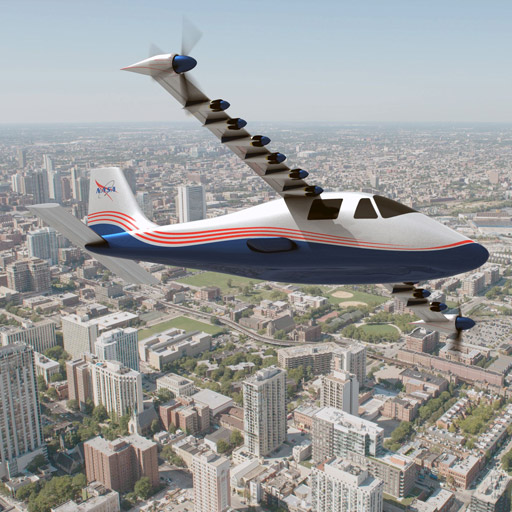
Image Credit: NASA Graphic / NASA Langley/Advanced Concepts Lab, AMA, Inc.
Artist’s concept of NASA’s X-57 ‘Maxwell’ aircraft. The X-57 will be the first all-electric X-plane and will be flown to demonstrate the benefits that electric propulsion may yield for the future of aviation. The goal of the X-57 is to achieve a 500-percent increase in high-speed cruise efficiency, zero in-flight carbon emissions, and flight that is much quieter for the community on the ground.
Space exploration likely comes to mind when you think of NASA, but NASA’s work has many benefits that are closer to home for Earth and its citizens. Earth science research will continue, with new technologies that will help us understand Earth as a system and its responses to natural or human-induced changes. Scientists utilize satellites, airborne missions, and ground-based observations to gather data about the ongoing natural and man-made changes to Earth’s land, water, and air to help improve the quality of life around the world.
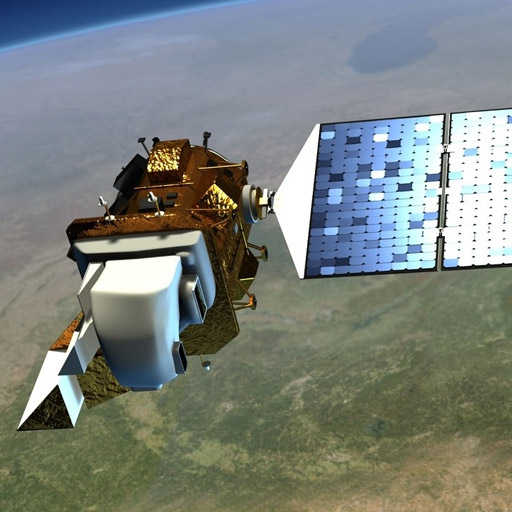
Image Credit: NASA
NASA’s best known Earth Science program will continue with the launch of Landsat 9 in 2020. Landsat 9 will extend our ability to measure changes on the global land surface at a scale where we can separate human and natural causes of change. When land use and resource availability issues arise, Landsat 9 will help decision makers make informed management decisions. Landsat 9 will thus contribute a critical component to the international strategy for monitoring the health and state of the Earth.

Artist’s concept for the Surface Water and Ocean Topography (SWOT) mission, targeted for launch 202, will make the first global survey of Earth’s surface water. SWOT will monitor how water bodies change over time and support societal needs such as dams and shipping.
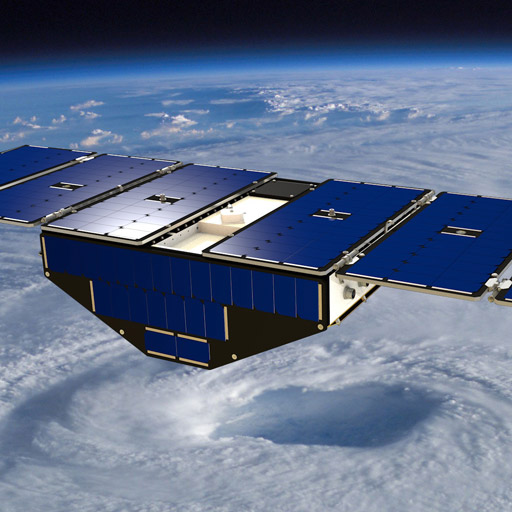
Artist’s concept of one of the eight Cyclone Global Navigation Satellite System (CYGNSS) satellites deployed in space above a hurricane. CYGNSS uses GPS technology to help measure ocean winds, which will give scientists an earlier and more detailed view of a storm’s strength and direction.
When NASA was created 60 years ago, it had to invent the technology to get where we needed to go, and we will continue to push the boundaries of technology into the future. New emerging technologies that open opportunities for research and exploration with minimal investments include NASA’s small satellites. Exploring deep space and three-year missions to Mars pose new challenges: Can you take enough? Can you grow it or make it in space? Can you do your own repairs and maintenance? As before, NASA will adapt solutions to these and other challenges into technologies that will improve life at home.

Image Credit: NASA/Emmett Given
International Space Station’s 3D printer manufactures objects out of plastic. NASA is developing more advanced printers that can add metals and other materials like regolith into the mix. Being able to make parts in space will come in handy during emergencies.
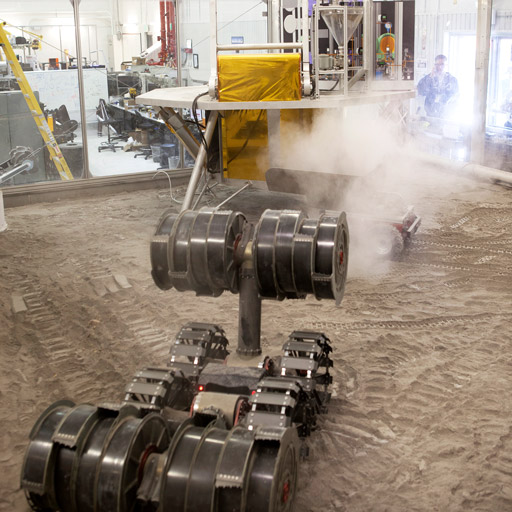
NASA’s Regolith Advanced Surface Systems Operations Robot (RASSOR) excavating simulated extraterrestrial soils. NASA is developing technologies to drill into regolith (space word for “soil”) on the Moon, Mars, and asteroids and to convert it into oxygen, drinkable water, other products to support human and plant life, consumables, and fuel sources.
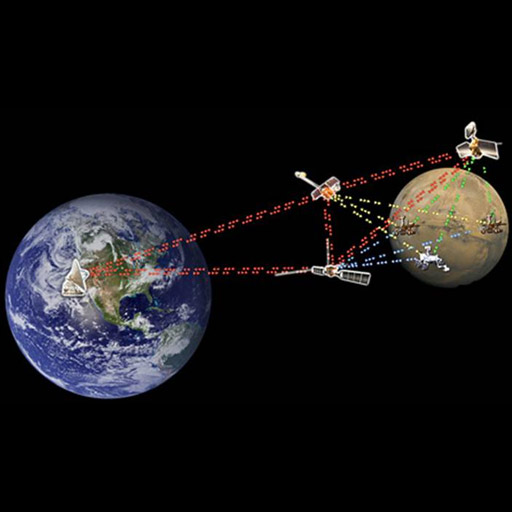
Communicating from Earth to any spacecraft is a complex challenge, largely due to the extreme distances involved. When data are transmitted and received across thousands, millions, and even billions of miles, the delay and potential for disruption or data loss is significant. Advanced communication technologies are essential to enhance deep space exploration for both robotic and human missions. Delay/Disruption Tolerant Networking (DTN) is NASA’s solution to reliable internetworking for space missions. DTN will enable a Solar System Internet with automated data delivery between users no matter how distant and intermittent their connections may be.
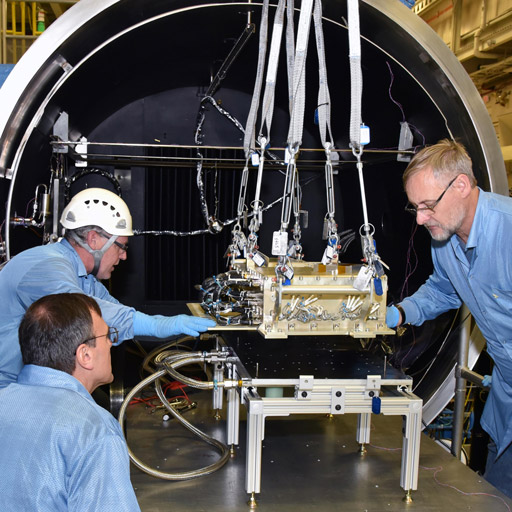
Technicians test a flight modem in a thermal vacuum chamber for NASA’s Laser Communications Relay Demonstration (LRCD) mission. The modems encode data into laser light to be transmitted to the ground from a satellite orbiting at the same speed Earth is turning. Optical communications technologies can dramatically improve communications between spacecraft and Earth—10 to 100 times better than radio communications’ data rates.
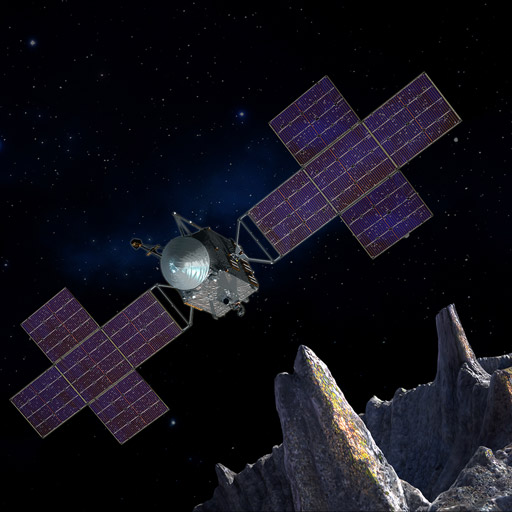
The Deep Space Optical Communications (DSOC) package aboard NASA’s Psyche will use a light or laser communications to transmit more data to Earth in a given amount of time. The DSOC seeks to increase spacecraft communications performance and efficiency without increasing the mission burden in mass, volume, power and/or spectrum.
Human Spaceflight
Nearly a half-century ago, Apollo 11 astronaut Neil Armstrong walked on the Moon. NASA is now preparing for an ambitious new era of sustainable human spaceflight and discovery. The agency is building the Space Launch System rocket and the Orion spacecraft for human deep space exploration. With the help of commercial and international partners, NASA will develop new opportunities in lunar orbit, including a platform to aid surface exploration and serve as a gateway to Mars. The International Space Station will continue to serve as the world’s leading laboratory where researchers can conduct cutting-edge research and technology development to enable human and robotic exploration of the Moon and Mars. The space station will also facilitate the growth of additional privately owned spaceships for continued research and transportation in low-Earth orbit.

The Bigelow Expandable Activity Module (BEAM), constructed by Bigelow Aerospace, attached to the International Space Station’s Tranquility module to test the technology. Lightweight expandable or “inflatable” habitats require much less transport volume for potential future space missions. The modules expand after being deployed in space, providing a comfortable area for astronauts to live and work.
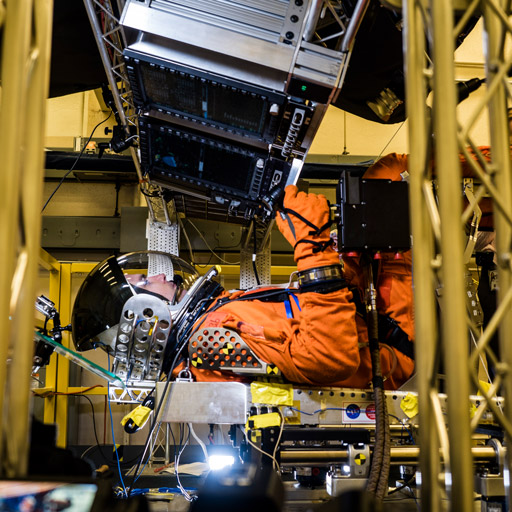
Image Credit: NASA/Rad Sinyak
Orion Spacecraft
Testing for the new Orion spacecraft. In a lab at NASA’s Johnson Space Center in Houston, engineers simulated conditions that astronauts in space suits would experience when the new Orion spacecraft is vibrating during launch atop the agency’s powerful Space Launch System rocket on its way to deep space destinations.
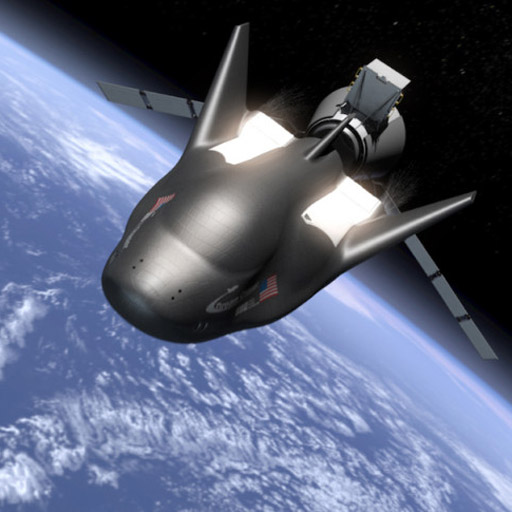
Image Credit: Sierra Nevada Corp
Dream Chaser
Sierra Nevada Corporation’s Dream Chaser cargo spacecraft will join NASA’s commercial cargo providers Orbital ATK and SpaceX to deliver research and supplies to the International Space Station. The Dream Chaser also will be able to bring research back to Earth, and Sierra Nevada Corporation also is developing a crew version of the spacecraft for commercial use.
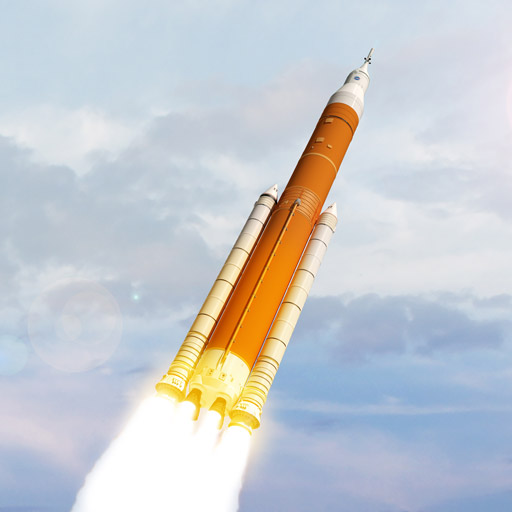
NASA's Space Launch System will be 364 feet tall in the crew configuration and will have a 115-ton lift capacity. Image Credit: Sierra Nevada Corp
Space Launch System
NASA’s Space Launch System, or SLS, is a powerful, advanced launch vehicle. With its unprecedented power and capabilities, SLS will launch crews of up to four astronauts in the agency’s Orion spacecraft on missions to explore multiple, deep-space destinations. Offering more payload mass, volume capability and energy to speed missions through space than any current launch vehicle, SLS is designed to be flexible and evolvable and will open new possibilities for payloads, including robotic scientific missions to places like Mars, Saturn and Jupiter.
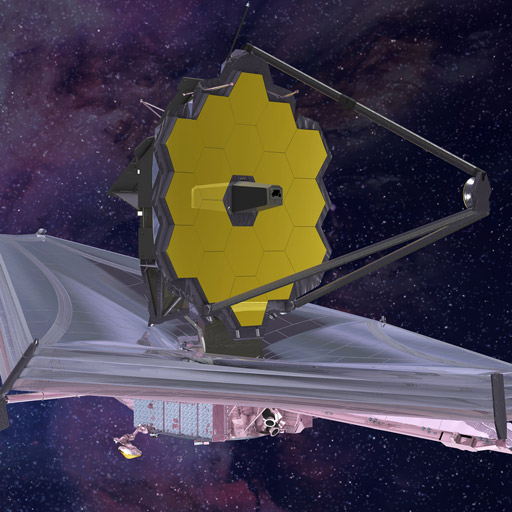
James Webb Space Telescope
The James Webb Space Telescope, a NASA-led project in collaboration with the European and Canadian space agencies, will be world’s next premier space science observatory. Webb will solve mysteries of our solar system, look beyond to distant worlds around other stars, and probe the mystifying structures and origins of our universe. Webb will study every phase in the history of our universe, ranging from the first luminous glows after the Big Bang to the formation of solar systems and the evolution of our own solar system. Webb will open up new windows to study the atmospheres of planets around other stars and how it relates to exoplanet systems.
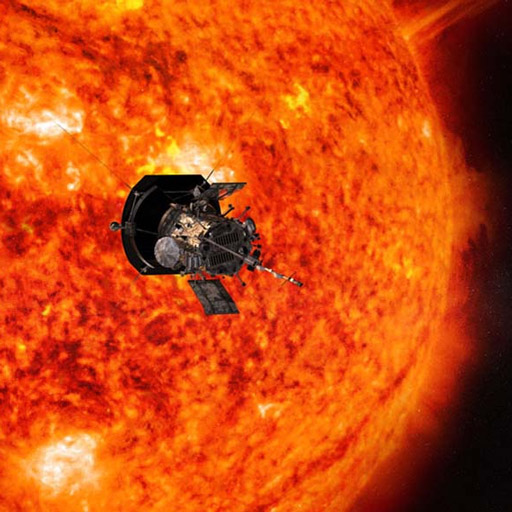
Parker Solar Probe
NASA’s Parker Solar Probe will be the first-ever mission to "touch" the Sun. The spacecraft, about the size of a small car, will travel directly into the Sun's atmosphere about 4 million miles from our star's surface.
Solar System
NASA will be returning to places previously explored with ambitious new missions and new technologies. Much remains to be learned about the Moon and how we might use its soils and other resources to support human habitation elsewhere. The complex journey to Mars is challenging NASA and its partners to figure out how to get there, land there, live there and get home. NASA will also be searching for clues of life throughout our solar system.

Mars 2020 Rover
NASA’s Mars 2020 Rover will be instrumental to NASA’s Mars Exploration Program, which seeks to determine whether life ever arose on Mars, to characterize the climate and geology of the Red Planet, and to prepare for human exploration.

Europa Clipper
NASA's Europa Clipper will conduct detailed reconnaissance of Jupiter's moon Europa and investigate whether the icy moon could harbor conditions suitable for life beneath its icy crust.

IMAGES
VIDEO
COMMENTS
The History of Space Exploration. During the time that has passed since the launching of the first artificial satellite in 1957, astronauts have traveled to the moon, probes have explored the solar system, and instruments in space have discovered thousands of planets around other stars.
Space exploration - Milestones, Achievements, History: The first artificial Earth satellite, Sputnik 1, was launched by the Soviet Union on October 4, 1957. The first human to go into space, Yuri Gagarin, was launched, again by the Soviet Union, for a one-orbit journey around Earth on April 12, 1961. Within 10 years of that first human flight, American astronauts walked on the surface of the Moon.
History of Space Travel. Learn about the history of humans traveling into space. The first earthling to orbit our planet was just two years old, plucked from the streets of Moscow barely more than a week before her historic launch. Her name was Laika. She was a terrier mutt and by all accounts a good dog. Her 1957 flight paved the way for space ...
The History of Space Travel Timeline. Albert II became the first monkey in space on June 14, 1949, in a specially adapted US V2 rocket. To travel into the unknown of space is a dream for so many children and adults alike, although one that very few will ever reach. Throughout time so many countries, and now private companies, across the world ...
space exploration, investigation, by means of crewed and uncrewed spacecraft, of the reaches of the universe beyond Earth 's atmosphere and the use of the information so gained to increase knowledge of the cosmos and benefit humanity. A complete list of all crewed spaceflights, with details on each mission's accomplishments and crew, is ...
Project Mercury, the first U.S. program to put humans in space, made 25 flights, six of which carried astronauts between 1961 and 1963. The objectives of the program were: to orbit a human spacecraft around Earth, to investigate a person's ability to function in space, and to recover both the astronaut and spacecraft safely.
This is a timeline of space exploration which includes notable achievements, first accomplishments and milestones in humanity's exploration of outer space . This timeline generally does not distinguish achievements by a specific country or private company, as it considers humanity as a whole. See otherwise the timeline of private spaceflight or ...
Background The number of spacewalks required to construct the International Space Station dwarfed the then existing experience base for this activity, a hurdle called the "Wall of EVA." Description of a space station in Hermann Noordung's The Problem of Space Travel (1929).. At the beginning of the 20th century, there was a burst of scientific investigation into interplanetary travel, inspired ...
Space exploration - History, Technology, Benefits: Since ancient times, people around the world have studied the heavens and used their observations and explanations of astronomical phenomena for both religious and practical purposes. Some dreamed of leaving Earth to explore other worlds. For example, the French satirist Cyrano de Bergerac in the 17th century wrote Histoire comique des états ...
The NACA. NASA's precursor, the National Advisory Committee for Aeronautics (NACA) was established by Congress in 1915 to advance the United States' standing in flight. Over its 40-some years in existence, it pushed the frontiers of air technology through groundbreaking aeronautics research, preparing the country for its venturing steps into space.
The conceptual foundations of the President's plan had their origins in 1999, when NASA Administrator Dan Goldin initiated a Decadal Planning Team to generate viable plans for humans and robots to explore space beyond low-Earth orbit. This book provides a detailed historical account of the ideas, debates, and decisions that opened the way for ...
Space exploration is the use of astronomy and space technology to explore outer space. While the exploration of space is currently carried out mainly by astronomers with telescopes, its physical exploration is conducted both by uncrewed robotic space probes and human spaceflight.Space exploration, like its classical form astronomy, is one of the main sources for space science.
On Oct. 4, 1957, the Soviets launched the first artificial satellite, Sputnik 1, into space. Four years later on April 12, 1961, Russian Lt. Yuri Gagarin became the first human to orbit Earth in Vostok 1. His flight lasted 108 minutes, and Gagarin reached an altitude of 327 kilometers (about 202 miles).
June 3, 1965: Ed White, during the Gemini 4 mission, becomes the first American to walk in space. July 14, 1965: Mariner 4 executes the first successful Mars flyby. Aug. 21, 1965: Gemini 5 ...
From Cold War competition to international collaboration, In Our Orbit traces the missions that surpassed each frontier, from the pioneering satellite Sputni...
When it started in the early 1990s, NASA's Discovery Program represented a breakthrough in how NASA explored space. The newest book in the NASA History Series takes an in-depth look at the management techniques used to design creative and cost-effective spacecraft that continue to yield ground-breaking scientific data, drive new technology innovations, and achieve what has never been done ...
By landing on the moon, the United States effectively "won" the space race that had begun with Sputnik's launch in 1957. For their part, the Soviets made four failed attempts to launch a ...
Six shuttles were built. The first orbiter, Enterprise, was built in 1974 for testing purposes. Five others went into space: Columbia, Challenger, Discovery, Atlantis, and Endeavour. The space shuttle Challenger disintegrated 73 seconds after launch in 1986, and Endeavour was built as a replacement. Columbia broke apart during re-entry in 2003.
Oct 25, 2021. By. Home / Space Tourism: Then and Now. Leisure travel might be a little more exciting for the world's wealthiest adventure seekers as space, long the exclusive domain of professional astronauts, is now accessible to tourists. In July 2021, Virgin Galactic and Blue Origin each successfully launched suborbital tourism programs ...
Finding Our Place in Space A new Smithsonian guide, " Wonder & Awe ," features stories and activities that connect us to our "place in space" through the lenses of art, culture, history, and ...
Origins of 21st Century Space Travel: A History of NASA's Decadal Planning Team and Vision for Space Exploration, 1999-2004: Asner, Glen and Stephen Garber: 2019: Vision of Space Exploration, Decadal Planning Team, George W. Bush: SP-4419: NACA to NASA to Now: The Frontiers of Air and Space in the American Century: Launius, Roger D. 2023
The expansion of travel boundaries has been a significant aspect of human history (Cohen 2017).In recent times, the tourism industry has extended its reach to outer space (Bushnell 2021).This has been made possible by advancements in manned spaceflight technology and the commercialization of space (Teske and Adjekum 2021).As a result, individuals can now venture beyond the Kármán line and ...
Space travel can refer to: Spaceflight, flying into or through outer space. Spacefaring, to be capable of and active in space travel. Human spaceflight, space travel with a crew or passengers. Interplanetary spaceflight, travel between planets. Interstellar travel, travel between stars or planetary systems.
Headquarters History Office a nd a s t he E xecutive Secretary for the In ternational Space Station Advisory Committee. He holds a master of science degree and a doctoral degree, both in history and policy, from Carnegie Mellon University, along with a bach-elor of arts degree in history from the University of Wisconsin-Madison.
Space tourism, once a mere figment of science fiction, rapidly evolves into a tangible reality, offering the most intrepid travelers an unprecedented opportunity to venture beyond Earth's confines.
NASA stands on the verge of commercializing low-Earth orbit. These experiences and partnerships will enable NASA to go back to the Moon in 2024 - this time to stay. NASA's backbone for deep space exploration is the biggest rocket ever built, the Space Launch System (SLS), the Orion spacecraft and the Gateway lunar command module.